category-award.php
single-award.php
MURAKAMI Suminao Award 2024 and the JDR Annual Awards 2024
 MURAKAMI SUMINAO AWARD FOR DISASTER RESEARCH 2024 WINNER |
|
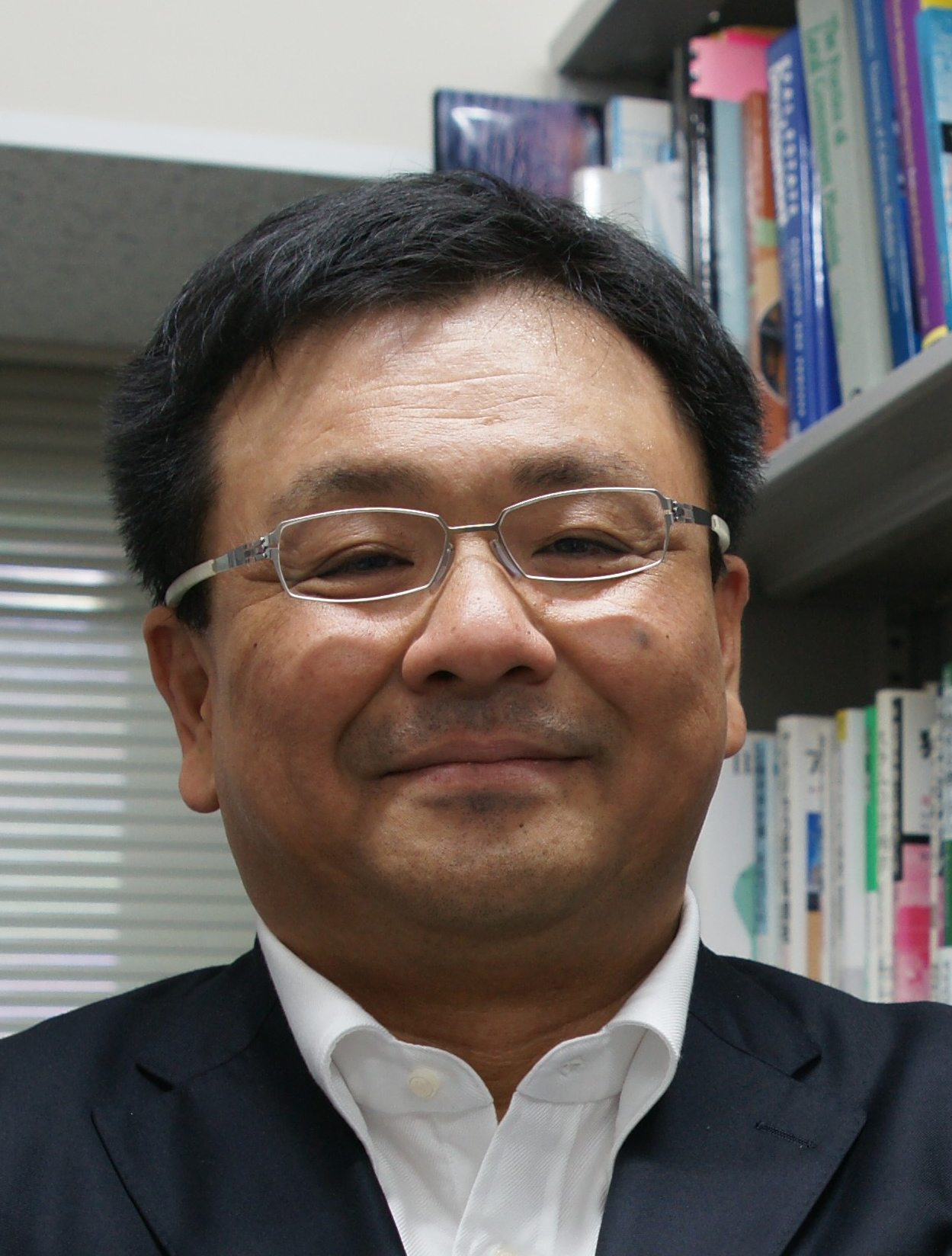 |
|
| Norio Maki Professor, Kyoto University, Kyoto, Japan |
|
Testimonial
Presenting the MURAKAMI Suminao Award 2024
It is my great pleasure to present the MURAKAMI Suminao Award to Prof. Norio Maki.
Since first being invited to review a paper published in the third issue of the JDR, Professor Maki has conducted more reviews of JDR submissions than any other reviewer. Furthermore, his continued support of the JDR, not only as a reviewer but also as a member of the Editorial Board, has been instrumental in fostering the journal’s growth and enhancing its reputation.
In recognition of these contributions, the JDR Editorial Board has decided
to bestow upon him the MURAKAMI Suminao Award.
I would like to take this opportunity to express my profound gratitude to
Professor Maki for his extraordinary efforts and to offer my warmest congratulations on receiving this distinguished award.
Shunichi Koshimura
Professor, International Research Institute of Disaster Science,
Tohoku University, Sendai, Japan
Message from the Winner
I am deeply honored to receive the MURAKAMI Suminao Award for Disaster Research. I first met Professor Murakami in 1991 when I was conducting a survey as a Ph.D. student on temporary emergency housing following the Unzen-Fugen Volcano eruption disaster. At the time, Professor Murakami was actively involved in drafting long-term recovery plans for the disaster-affected areas of Shimabara and Fukae.
Natural disasters were relatively infrequent then, and I still remember his concern when I mentioned that my doctoral thesis focused on emergency temporary housing. He asked, “Can you really write a dissertation on such a topic?” At that time, few students were studying disasters or disaster prevention, and I recall how much he cared for and supported young researchers. Although I did not have many opportunities to speak with him directly, I frequently relied on his research while developing my own studies over the years.
Receiving an award that bears his name it is a tremendous honor. I had hoped to meet him in person and express my gratitude. Unfortunately, he passed away last October, making that impossible. I feel that this award may be his message to me—a call to carry forward his legacy and strive even harder in my work. I pray for Professor Murakami’s eternal rest and peace.
I understand that this award recognizes, in large part, my con- tributions through reviewing several academic papers. However, I take this as a call to deepen these efforts further. With this in mind, I remain committed to continuing my work on editing JDR.
Thank you once again for this profound honor.
Norio Maki
January 6, 2025
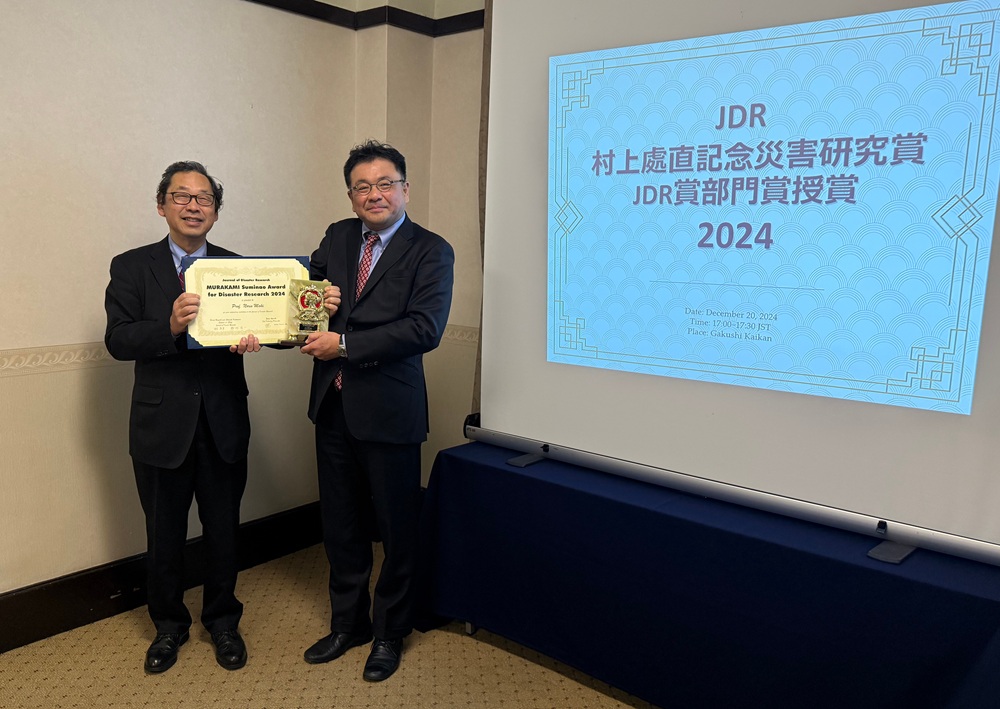
Photo: From left to right, Prof. Emeritus Haruo Hayashi (Editor-in-Chief) and Prof. Norio Maki (MURAKAMI Suminao Award for Disaster Research winner).
Congratulations!
We are pleased to announce that the MURAKAMI Suminao Award for Disaster Research and the JDR annual awards (the JDR Award for the Most Cited Paper, the JDR Award for the Most Downloaded Article, and the JDR Award for the Most Contributory Reviewer) of 2024 have been decided by the JDR Editorial Board. The award ceremony was held on December 20, 2024 at Gakushikaikan, Tokyo, Japan. We congratulate the winners and sincerely wish for their future academic and professional success.
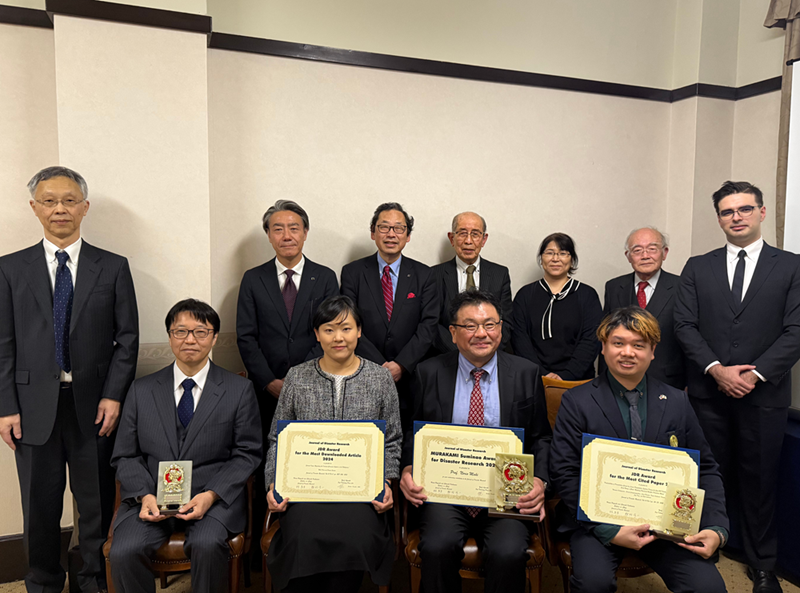
Photo: The winners and the JDR Editors at the ceremony. From the left in the lower row, Mr. Hisaya Sawano (the JDR Award for the Most Downloaded Article winner), Prof. Miho Ohara (the JDR Award for the MostDownloaded Article winner), Prof. Norio Maki (MURAKAMI Suminao Award for Disaster Research winner), and Prof. Natt Leelawat (the JDR Award for the Most Cited Article winner). From the left in the upper row, Dr. Yonetatsu Matsumoto (Publisher), Prof. Shunichi Koshimura (Editor-in-Chief), Prof. Emeritus Haruo Hayashi (Editor-in-Chief), Prof. Emeritus Sumio Shinoda, Dr. Noriko Shimasaki, Prof. Emeritus Katsuki Takiguchi, and Yosif Ayanski (Publisher).
JDR AWARD FOR THE MOST CITED PAPER 2024 Twitter Sentiment Analysis of Bangkok Tourism During COVID-19 Pandemic Using Support Vector Machine Algorithm Thanapat Sontayasara, Sirawit Jariyapongpaiboon, Arnon Promjun, Napat Seelpipat, Kumpol Saengtabtim, Jing Tang, and Natt Leelawat |
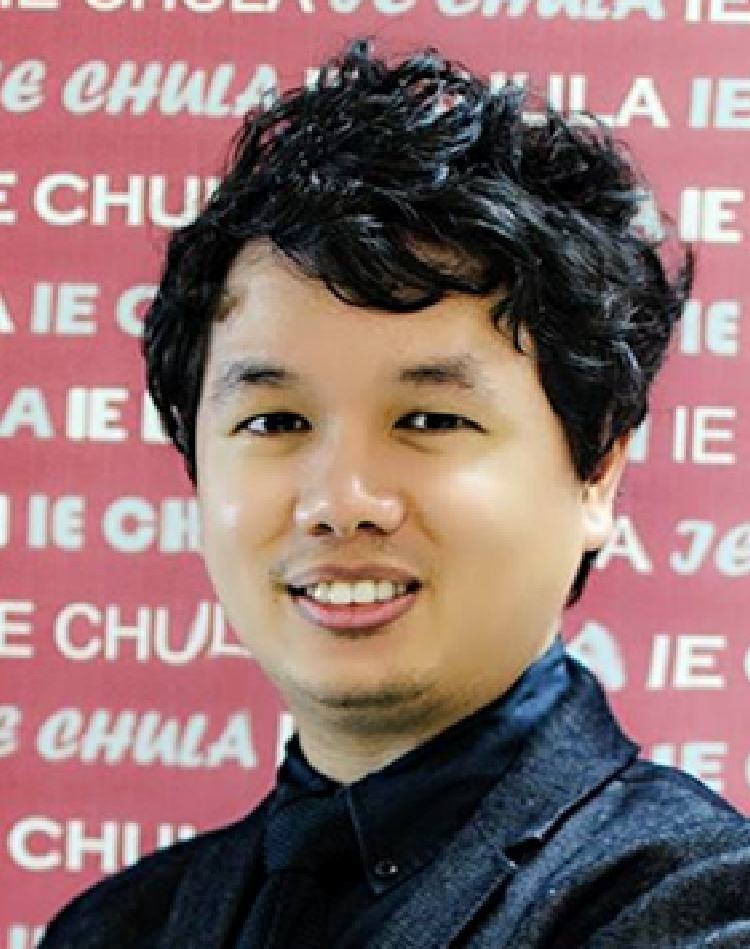 | 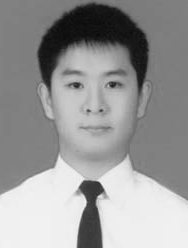 | 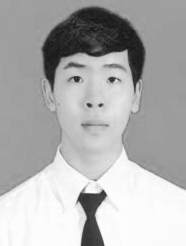 | 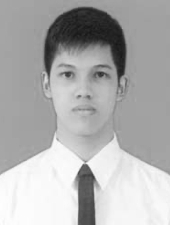 |  |
| Natt Leelawat Associate Professor, Chulalongkorn University, Bangkok, Thailand | Thanapat Sontayasara Chulalongkorn University, Bangkok, Thailand | Sirawit Jariyapongpaiboon Chulalongkorn University, Bangkok, Thailand | Arnon Promjun Chulalongkorn University, Bangkok, Thailand |
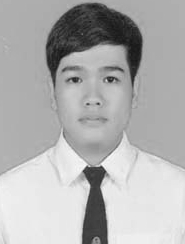 | 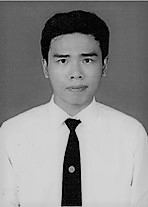 | 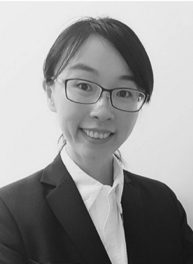 |  |
| Napat Seelpipat Chulalongkorn University, Bangkok, Thailand | Kumpol Saengtabtim Chulalongkorn University, Bangkok, Thailand | Jing Tang Chulalongkorn University, Bangkok, Thailand |
Message from the Winner
We are deeply honored to receive the JDR Award for the Most Cited Paper of 2024 for our work titled “Twitter Sentiment Analysis of Bangkok Tourism During COVID-19 Pandemic Using Support Vector Machine Algorithm.” This recognition underscores the dedication and effort of our entire research team.
Our study was conducted during one of the most challenging periods for global tourism, brought on by the COVID-19 pandemic. As one of the top tourist destinations in the world, Thailand faced significant impacts on its tourism industry. Our research aimed to analyze the sentiments of travelers about visiting Bangkok during the nationwide lockdown in April 2020. The insights from this analysis highlight the strengths and weaknesses of various tourism related issues, offering valuable recommendations for tourism organizations. Social media feedback played a crucial role in understanding public sentiment, which facilitated better planning and response strategies during the crisis.
I express my heartfelt gratitude to my research team for its dedication and expertise. Their innovative thinking was instrumental in achieving this recognition. I also sincerely thank the JDR Editorial-in-Chief and the academic community for their continued support and encouragement. Moving forward, we remain committed to contributing meaningfully to disaster management through AI applications.
Thank you for this esteemed honor.
T. Sontayasara, S. Jariyapongpaiboon,
A. Promjun, N. Seelpipat, K. Saengtabtim,
J. Tang, and N. Leelawat
January 6, 2025
JDR AWARD FOR THE MOST DOWNLOADED ARTICLE 2024 Current Issues Regarding the Incident Command System in the Philippines Miho Ohara and Hisaya Sawano |
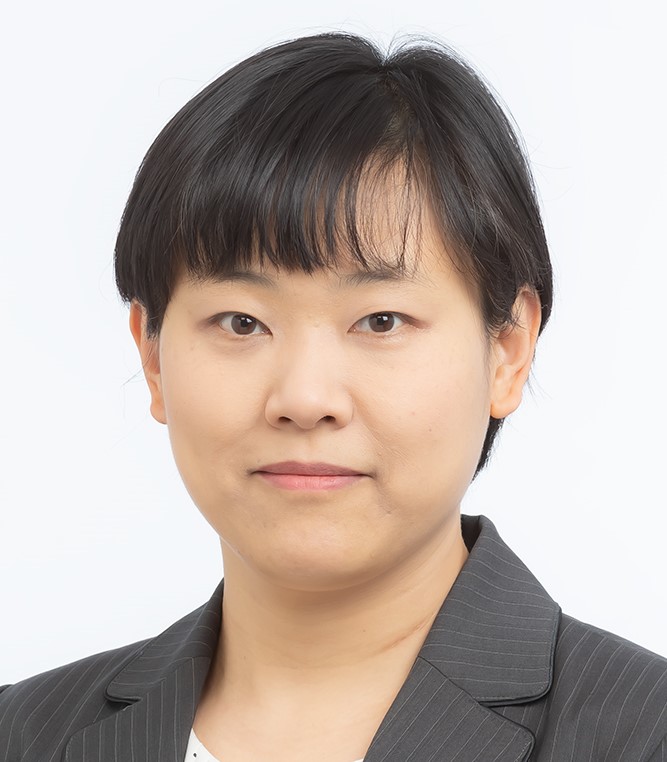 | 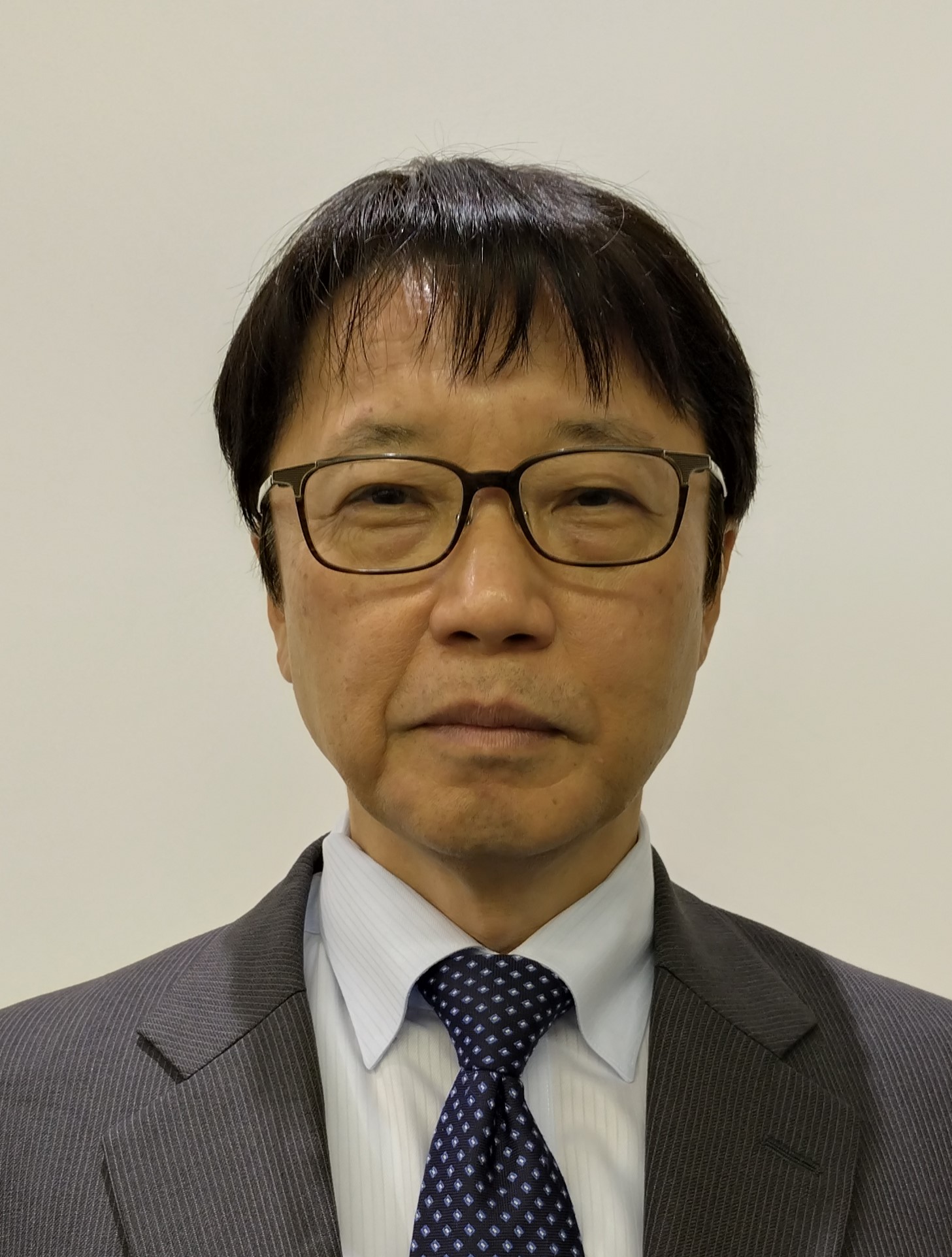 |  |
| Miho Ohara Professor, The University of Tokyo, Tokyo, Japan | Hisaya Sawano Director, Research Division II, Foundation of River and Basin Integrated Communications, Tokyo, Japan |
Message from the Winner
It is my great pleasure to be awarded the JDR Award for the Most Downloaded Paper 2024 by the Journal of Disaster Research (JDR). This paper investigated the emergency response system in the Philippines by focusing on flood prone areas. Through both literature and interview surveys, we identified the issues with emergency response at different administrative levels, including the community, municipal, provincial and national levels.
This study was conducted at the International Centre for Water Hazard and Risk Management (ICHARM) under the auspices of UNESCO, PWRI, Japan. Support from the related organization in the Philippines was essential for conducting the interviews and field surveys in local areas in the Philippines. The comparison of the emergency response system between the Philippines, as target country, and Japan, as author’s country, gave a lot of insights for considering a better system in the future. I would like to express my deepest gratitude to all the people who cooperated with us to provide survey opportunities and support our research activity.
As the experience in this paper encouraged our motivation to comparative study among different countries, we have recently expanded our research activity not only in emergency response but also into flood disaster risk assessment in the Philippines. We hope to continuously contribute to the JDR with publications on different topics.
Miho Ohara
January 10, 2025
Message from the Winner
It is a great honor to have my name listed as a recipient of the JDR Award for the Most Downloaded Article, alongside Professor Miho Ohara. This paper was published during our collaboration at the International Centre for Water Hazard and Risk Management (ICHARM) under the auspices of UNESCO, PWRI, Japan. The award-winning paper summarizes the state of disaster response organizations in the Philippines and identifies issues for improving risk reduction efforts. In formulating a disaster risk reduction plan, it is vital for all parties involved, including national and local governments, to clearly define their roles, share responsibilities, and coordinate effectively. This approach enhances the overall impact of their efforts by grounding them in scientific analyses of natural hazards. Following the publication of this paper, ICHARM has consistently conducted various activities in the Philippines in partnership with national and local governments. These initiatives aim to support their risk reduction efforts and raise residents’ risk awareness of potential hazards. For example, hazard maps haveeen created on-site to help residents understand water-related risks better. I am deeply grateful to the JDR for this recognition, and I look forward to continuing my contributions to the JDR.
Hisaya Sawano
January 10, 2025
 JDR AWARD FOR THE MOST CONTRIBUTORY REVIEWER 2024 |
|
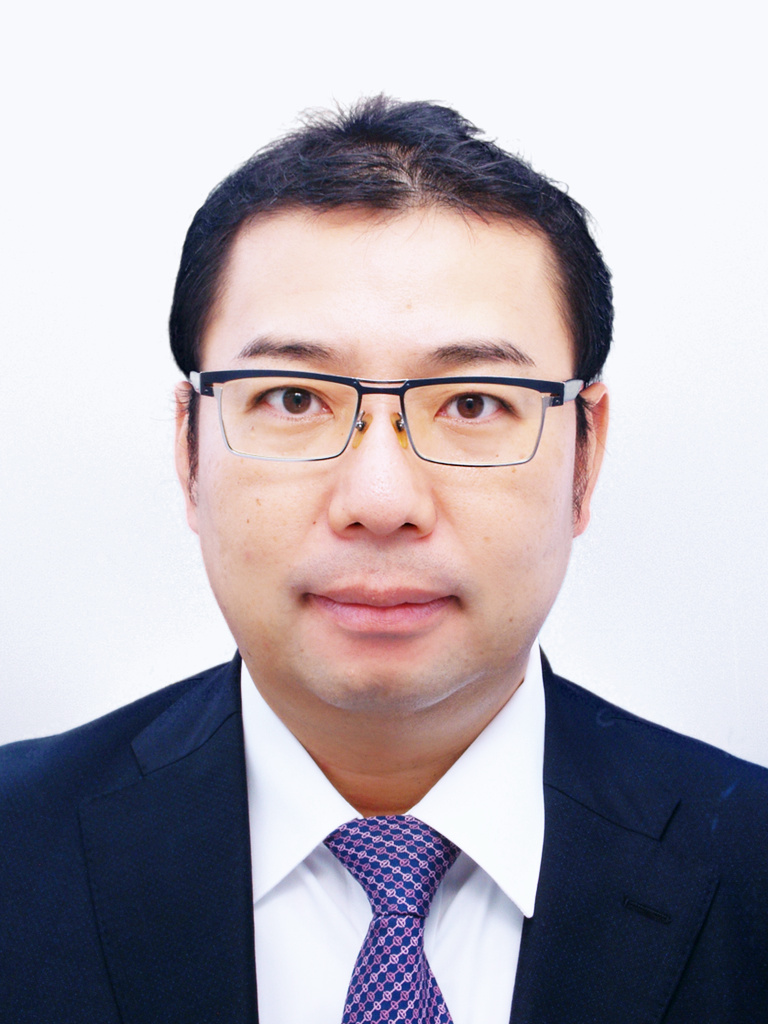 |
|
| Reo Kimura Professor, University of Hyogo, Himeji, Japan |
|
Message from the Winner
I am deeply honored to receive the JDR Award for the Most Contributory Reviewer 2024 for the second consecutive year, following the recognition I received last year.
In 2024, Japan experienced devastating natural disasters on the Noto Peninsula, including earthquakes and torrential rains, which tragically claimed many lives. Globally, we witnessed a series of catastrophic events, including two major hurricanes in the United States, a magnitude 7.4 earthquake in Taiwan, record-breaking rainfall in Spain, and a volcanic eruption in Iceland. In 2023, UN Secretary-General António Guterres described the year as one of “global boiling,” an apt term for an era marked by unprecedented natural calamities. Beyond natural disasters, we continue to face numerous geopolitical risks, including aviation accidents, acts of terrorism, and ongoing wars and conflicts.
In such challenging times, I firmly believe that a globally oriented, interdisciplinary journal such as JDR—dedicated to disaster research, prevention, and crisis management—is becoming increasingly vital. As a reviewer, I have had the privilege of engaging with diverse and hought-provoking papers from around the world. This experience has been invaluable, offering continuous learning opportunities and the pride of contributing to the dissemination of impactful research through JDR to a global audience.
I sincerely hope for the continued growth and success of your esteemed journal and look forward in contributing more in the future. Once again, thank you for this exceptional honor.
Reo Kimura
January 10, 2025
single-award.php
MURAKAMI Suminao Award 2023 and the JDR Annual Awards 2023
 MURAKAMI SUMINAO AWARD FOR DISASTER RESEARCH 2023 WINNER |
|
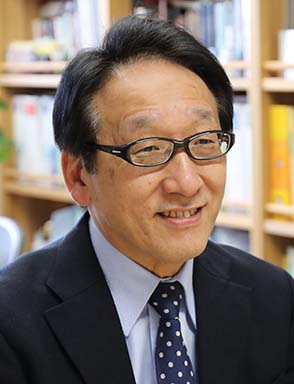 |
|
| Fumihiko Imamura Professor, Tohoku University, Sendai, Japan |
|
Testimonial
Presenting the MURAKAMI Suminao Award 2023
It is my great pleasure to present the MURAKAMI Suminao Award to Prof. Fumihiko Imamura.
Since the first issue of JDR, Prof. Imamura has published 36 papers and served as a guest editor for three special issues, making significant contributions to JDR over the years. In addition to his contributions to the field of tsunami disaster, he has actively promoted various joint research projects and international symposiums, particularly after the Great East Japan Earthquake. He has been recognized for his contributions to international academic exchange in various research fields. In recognition of these contributions, the JDR Editorial Board has decided to grant him the MURAKAMI Suminao Award.
I would like to express my gratitude to Prof. Imamura for his great contributions and congratulate him on winning the award.
Shunichi Koshimura
Professor, International Research Institute of Disaster Science,
Tohoku University, Sendai, Japan
Message from the Winner
I would like to express my deepest gratitude for receiving the 2023 MURAKAMI Suminao Award for Disaster Research. Since I reported on the research and analysis results of the 2004 Indian Ocean tsunami in the first issue of JDR, I have published 36 papers on tsunami science and engineering, including papers on emergency responses, warning systems, and public awareness and education. The 2004 tsunami was a devastating one that hit an area where tsunami countermeasures had not been sufficiently implemented in the Indian Ocean, so it caused tremendous damage. It is said that more than 250,000 people, including foreign tourists, were killed. Seven years later, Japan suffered cascading disasters and effects, including an M9 earthquake and a huge tsunami, causing the Fukushima Daiichi nuclear power plant accident on the Pacific side of the Tohoku region of Japan. Interdisciplinary research covering cutting-edge science and technology is necessary in order to solve many problems and issues and to transfer the experiences and lessons learned at that time.It is a great honor for me to be able to report on the results of these activities through the JDR, and I would like to express again my gratitude to the JDR for bestowing such recognition. With this award, I would like to do further research related to disaster and risk reduction and natural disaster science, disseminating the results through journals.
Fumihiko Imamura
December 10, 2023
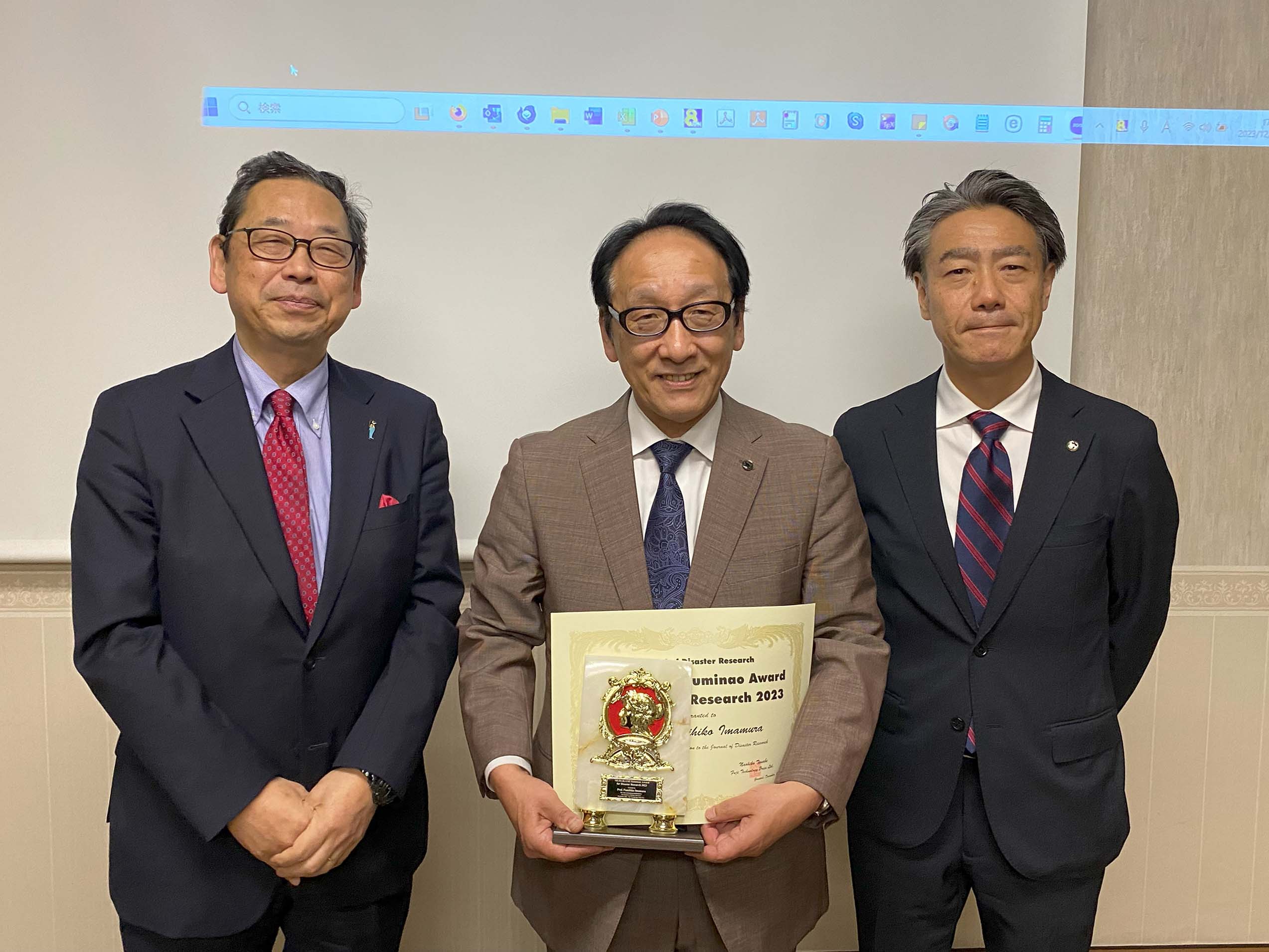
Photo: From left to right, Dr. Haruo Hayashi (Editor-in-Chief), Prof. Fumihiko Imamura (MURAKAMI Suminao Award for Disaster Research winner), and Prof. Shunichi Koshimura (Editor-in-Chief).
Congratulations!
We are pleased to announce that the MURAKAMI Suminao Award for Disaster Research and the JDR annual awards (the JDR Award for the Most Cited Paper, the JDR Award for the Most Downloaded Article, and the JDR Award for the Most Contributory Reviewer) of 2023 have been decided by the JDR editorial boards. The award ceremony was held on December 6, 2023 at Gakushikaikan, Tokyo, Japan. We congratulate the winners and sincerely wish for future success.
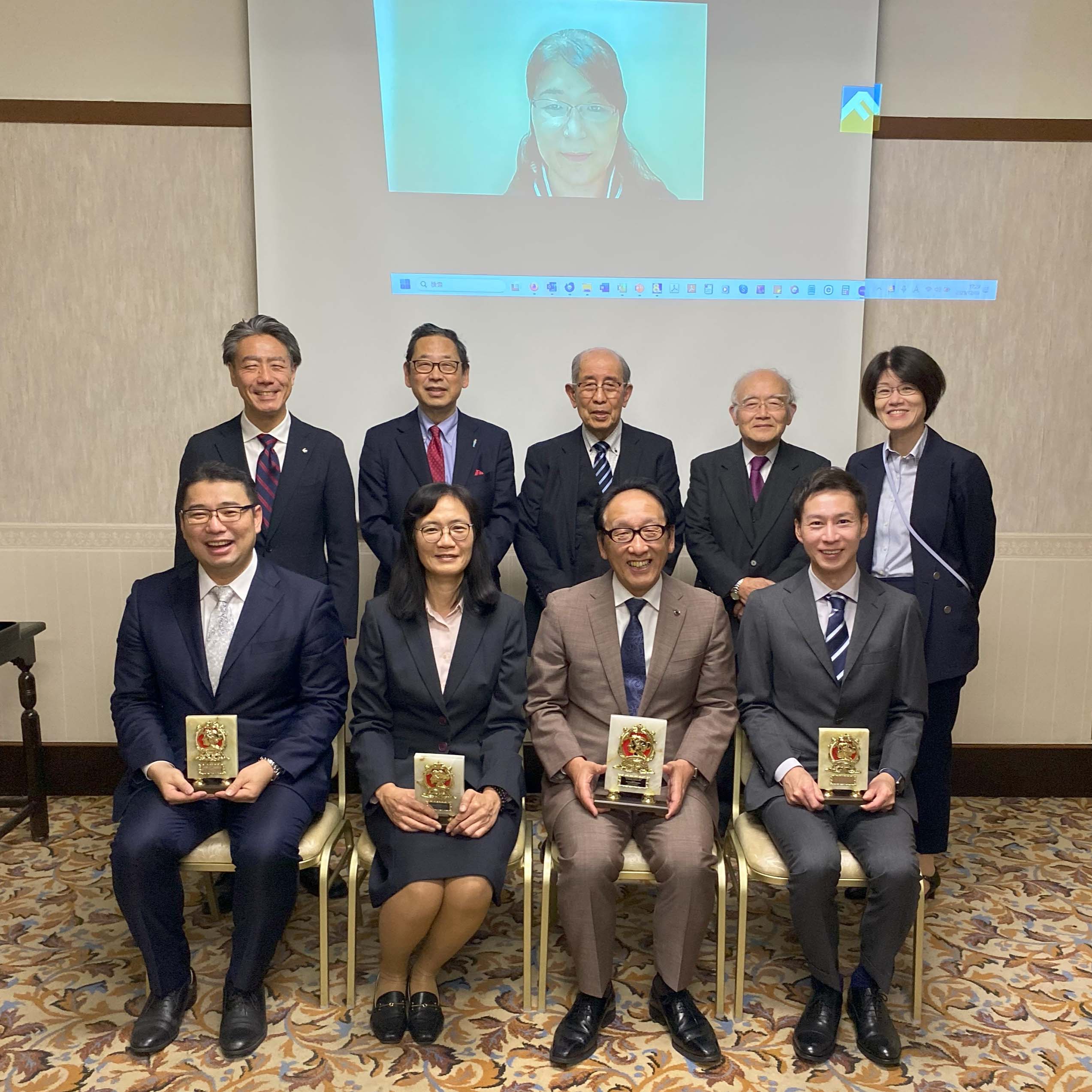
Photo: The winners and the JDR Editors at the ceremony. From the left in the lower row, Prof. Reo Kimura (the JDR Award for the Most Contributory Reviewer winner), Prof. Pei-Chun Shao (the JDR Award for the Most Downloaded Article winner), Prof. Fumihiko Imamura (MURAKAMI Suminao Award for Disaster Research winner), and Dr. Ryohei Kato (the JDR Award for the Most Cited Paper winner). From the left in the upper row, Prof. Shunichi Koshimura (Editor-in-Chief), Dr. Haruo Hayashi (Editor-in-Chief), Dr. Sumio Shinoda, Dr. Katsuki Takiguchi, and Prof. Keiko Tamura. Screen above the participants (remote participant), Dr. Noriko Shimasaki.
JDR AWARD FOR THE MOST CITED PAPER 2023 Predictability of Precipitation Caused by Linear Precipitation Systems During the July 2017 Northern Kyushu Heavy Rainfall Event Using a Cloud-Resolving Numerical Weather Prediction Model Ryohei Kato, Ken-ichi Shimose, and Shingo Shimizu |
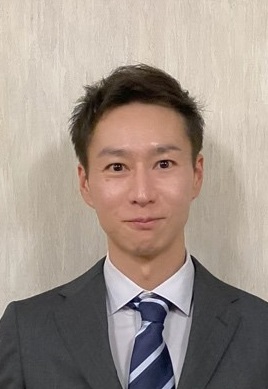 | 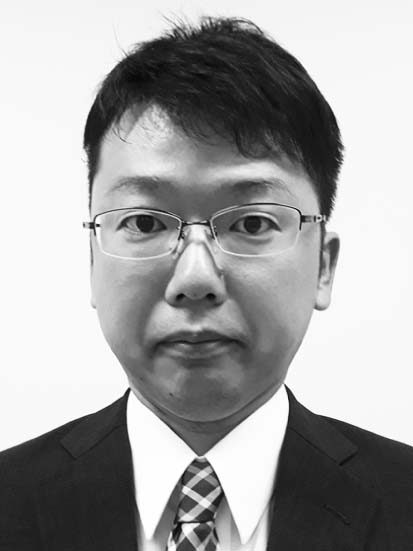 | 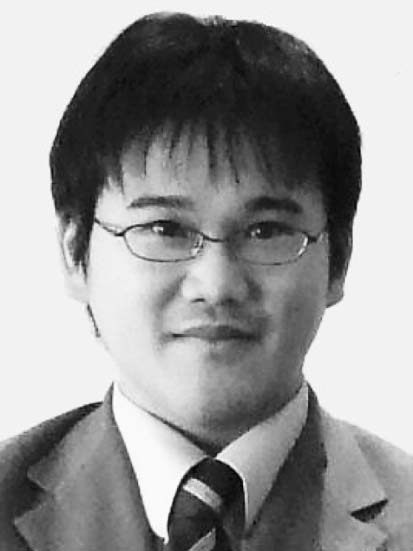 |  |
| Ryohei Kato Chief Researcher, Storm, Flood and Landslide Research Division, National Research Institute for Earth Science and Disaster Resilience (NIED), Tsukuba, Japan | Ken-ichi Shimose Associate Research Fellow, Flood and Landslide Research Division, National Research Institute for Earth Science and Disaster Resilience (NIED), Tsukuba, Japan | Shingo Shimizu Senior Researcher, Flood and Landslide Research Division, National Research Institute for Earth Science and Disaster Resilience (NIED), Tsukuba, Japan |
Message from the Winner
Thank you very much for this wonderful award. I am very honored to receive this award in the “most cited” category, which means that my research has been widely recognized, and I am very grateful to the JDR editorial board, reviewers, and co-authors.
The paper that received this honor was “Predictability of Precipitation Caused by Linear Precipitation Systems During the July 2017 Northern Kyushu Heavy Rainfall Event Using a Cloud-Resolving Numerical Weather Prediction Model.” This paper evaluates the predictability of a numerical weather prediction model and presents several key issues regarding the predictability of the 2017 torrential rains in northern Kyushu, rains which caused extensive damage. In particular, we showed that the stagnation of the linear precipitation systems (LPS) was difficult to predict and that the maximum rainfall was underestimated.
Our paper did not present a breakthrough finding; however, I believe that along with the increase in disasters caused by LPS after the publication of the paper, interest in research on forecasting LPS increased. Notably, our focus on the difficult-to-predict case attracted a great deal of attention and many citations. In the project that followed the publication of this paper, research was conducted on how to utilize such uncertain forecast information for disaster prevention, which led to the acquisition of a patent and the publication of new papers.
In the future, we will continue our research to improve the accuracy of forecasting not only LPS but also other extreme weather events, such as guerrilla rainstorms, thunderstorms, and hailstorms. We will also seek ways to utilize this forecast information for disaster prevention, with the aim of contributing to society.iving force that pushes us to continue to do research. We hope the JDR continues to be an important academic platform for the exchange of cutting-edge disaster research.
Ryohei Kato
December 11, 2023
JDR AWARD FOR THE MOST DOWNLOADED ARTICLE 2023 Stampede Events and Strategies for Crowd Management Chun-Hao Shao, Pei-Chun Shao, and Fang-Ming Kuo |
 | 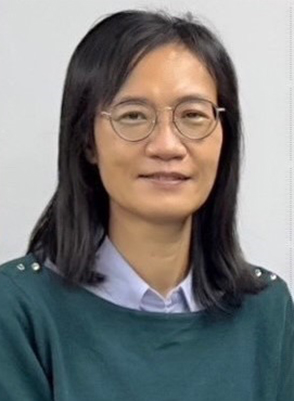 |  |  |
| Chun-Hao Shao Associate Professor, Graduate School of Disaster Management, Central Police University, Taoyuan, Taiwan | Pei-Chun Shao Professor, Department of Urban Planning and Disaster Management, Ming Chuan University, Taoyuan, Taiwan | Fang-Ming Kuo Secretary Officer, National Fire Agency, Ministry of the Interior, New Taipei City, Taiwan |
Message from the Winner
It is my pleasure to be recognized and receive an award from the Journal of Disaster Research for the article “Stampede Events and Strategies for Crowd Management,” published in November 2019. From the perspective of risk management, stampede events in public facilities are vital issues that occur during evacuations in urban areas due to the vulnerabilities that come with extremely high levels of urbanization.
As we have done since beginning our research, we will continue to focus on the issue of the evacuation of basic infrastructures, such as metro systems, domed stadiums, exhibition halls, etc., to explore strategies for disaster mitigation and deal with the relevant risk management, all based on 2D and 3D simulation methodology. I am sorry that cannot take part in the awards ceremony due to my teaching duties in my graduate school, but I deeply appreciate the reward given by the academic committee of the JDR.
I would also like to express my grateful appreciation for the support of my co-authors.
Thank you once again for the honor bestowed by the committee members, and we will continue working hard in the field of disaster management.
Chun-Hao Shao
December 6, 2023
Message from the Winner
It is my honor to be awarded for the Most Downloaded Article 2023 by the Journal of Disaster Research. I would like to express my deep gratitude to the other two authors and to all the people who have cooperated with our research by giving their advice and comments.
Stampede incidents have occurred frequently in recent years, and how to prevent injuries and deaths in the crowds has become an important issue. We based the article we wrote on the lessons learned from stampede incidents in the past, verifying the significant factors involved in stampede incidents and the relationship between the crowds and spatial aspects through simulated case studies. We found in our research that knowing how to provide spatial and event planning for the safety of the crowds in the evacuation events would be necessary. In urban areas of Taiwan, there are large events in venues such as the Taipei Dome. We put our effort into continuing to discuss the application of evacuating planning, not only in terms of safety exits and evacuation routes but also suitable spatial design and management for the crowds in the buildings or areas in several situations, such as earthquakes or fires.
The number of times this paper has been downloaded since its publication four years ago shows us its practicality for both the academic and non-academic communities. We would like to express our appreciation to the people who read and supported this paper around the world; they provide a driving force that pushes us to continue to do research. We hope the JDR continues to be an important academic platform for the exchange of cutting-edge disaster research.
Pei-Chun Shao
December 6, 2023
Message from the Winner
I am Fang-Ming Kuo, a Secretary Officer in the National Fire Agency of the Ministry of the Interior. I have been working for the National Fire Agency (NFA) for about 13 years, since graduating in 2010 from the Department of Fire Science of the Central Police University.
Evacuation safety plays an important role in fire engineering design, and that is why I became interested in stampedes and started to do related research. As we have learned from case studies, human stampedes often occur at the exits and the neck nodes of crowd movements. Though their frequency is quite low, stampede events may cause a large number of casualties, and they have unimaginable negative social impact on public psychology. This was seen in 2022 after the stampede in Itaewon, Korea.
I deeply appreciate that the Journal of Disaster Research has awarded us this prize. It is also an honor to receive an award together with Professor Chun-Hao Shao. It is recognition that we have truly worked hard on this, and it encourages us to continue doing so in the future.
Fang-Ming Kuo
December 6, 2023
 JDR AWARD FOR THE MOST CONTRIBUTORY REVIEWER 2023 |
|
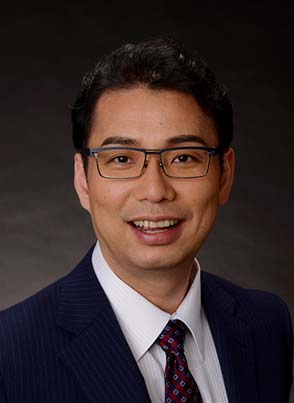 |
|
| Reo Kimura Professor, University of Hyogo, Himeji, Japan |
|
Message from the Winner
I am honored to receive the JDR Award for the Most Contributory Reviewer 2023. I understand that giving awards to reviewers is rare, even among academic journals.
I am on the editorial board of a different journal, and I have learned that securing excellent reviewers will ensure the quality of the journal and will be an important factor in determining its future success or decline. Considering this, I am very happy that I have been asked to serve as a reviewer for the JDR many times, as it means that I am trusted as one of its excellent reviewers.
The JDR is an interdisciplinary journal, so people from various fields, such as science, engineering, and social sciences and humanities submit papers. When I review a paper, one of my criteria is whether the paper is written in a way that someone from a different field can understand it. I hope that the papers published in the JDR will not be “closed” papers within one field but will instead elucidate disaster phenomena from various fields. By combining the results of each field, the JDR creates synergistic effects and produces innovative and excellent research results in disaster research.
I believe that the JDR’s bestowing this award on me is a signal that “We will continue to request peer reviews, so please continue to accept our requests.“ I would indeed like to continue to contribute to the further development of the JDR as a journal that publishes high-quality papers, and I sincerely thank the JDR very much for this prestigious award.
Reo Kimura
December 7, 2023
Acknowledgments
The Journal of Disaster Research is full peer review journal. Our review process is supported by a large number of volunteer reviewers. The editorial board would like to appreciate their efforts and cooperation to maintain, to improve, and to refine the quality of the journal. We would list up the reviewers who have worked in Volume 18, in order to express our sincere gratitude for their cooperation. We would also hope their further support to our journal.
Reviewers for Vol.18
AKIHIRO, Hashimoto ASADA, Yoshikazu BORET, Sébastien Penmellen CEFERINO, Luis
CHAN, Chung-Han CHANG, Kuo-Hao CHEN, Kate Huihsuan DULAM, Rithika
DA SILVA, Paula F. EGASHIRA, Shinji ESCRIBANO MACIAS, Jose Javier FUJIMOTO, Kazuo
FUJINO, Hidenori FUKUSHIMA, Yo GOHDA, Eiichi HADA, Yasunori
HAMABATA, Takashi HAYASHI, Haruo HAYASHI, Shin-ichiro HAYASHI, Shunji
HAYASHIDA, Takumi HAYES, Josh HEIDARZADEH, Mohammad HIGUCHI, Chigusa
HIRAGA, Yusuke HIRAYAMA, Nagahisa HO, Lih-Der HOSOKAWA, Masafumi
IIJIMA, Yoshio IMAI, Hiroshi IMAMURA, Daisuke INABA, Yohei
INOGUCHI, Munenari IOUALALEN, Mansour ISE, Tadashi ISHIWATARI, Mikio
ITO, Hiro-o IWASAKI, Emiko JIAMSANGUANWONG, Arisara JIBIKI, Yasuhito
JOHNSTON, David KACHI, Noriyasu KAJITANI, Yoshio KANEKO, Kensaku
KANNO, Taro KARAKI, Hideaki KARIKAWA, Daisuke KASAI, Kazuhiko
KATAYAMA, Kazuhiko KATO, Takaaki KATSUHAMA, Yoshihiro KAWAIKE, Kenji
KAWASAKI, Akiyuki KAWATA, Yoshiaki KIMURA, Reo KINOSHITA, Atsuhiko
KISHIDA, Tadahiro KOBAYASHI, Nobumichi KOKOGAWA, Tomohiro KOMORI, Daisuke
KONDO, Shinya KONO, Tatsuhito KOSHIMURA, Shunichi KOSHIYAMA, Kenji
KOTANI, Hitomu KOYAMA, Tomofumi KURAOKA, Senro KUSUNOKI, Koichi
KUWATA, Yasuko LEE, Hsiang-Chieh LEELAWAT, Natt LI, Weisen
LIU, Yi-Chung Gloria LUBASHEVSKIY, Vasily LÓPEZ BÁTIZ, Oscar MAEDA, Masaki
MAKI, Norio MARUYAMA, Yoshihisa MAS, Erick MASUDA, Satoru
MASUDA, Yukihiro MATSUDA, Kazuhiro MATSUKAWA, Anna MATSUOKA, Takayasu
MIYAJIMA, Masakatsu MIYAKE, Hiroe MIYAMOTO, Takashi MIYOSHI, Shin-ichi
MIZUNO, Masayuki MIZUYAMA, Takahisa MORIGUCHI, Shuji MORRIS, John F.
MOTOMURA, Kazushi MUKAI, Yoichi MURAO, Osamu MUTREJA, Ankur
NAGAMATSU, Shingo NAKAMURA, Takeshi NAKANO, Genta NAKASHIMA, Tadayoshi
NAKATANI, Kana NAMEGAYA, Yuichi NISHIKAWA, Satoru NOJIMA, Nobuoto
NONOSE, Kohei OCHI, Sae OCHIAI, Tsutomu OHKUSA, Yasushi
OHORI, Michihiro OKA, Kohei OKUYAMA, Junko ONO, Takahiro
ONO, Yuichi OTHMAN, Marini OTSUYAMA, Kensuke OZEKI, Toshihiro
PEÑA FIGUEROA, Edgar Armando PRIBADI, Krishna Suryanto PULIDO, Nelson RAHAYU, Harkunti Pertiwia
SADOHARA, Satoru SAITO, Taiki SAKAI, Naoki SAKAMOTO, Mayumi
SANDIKKAYA, Mustafa Abdullah SATAKE, Kenji SATO, Daiki SATO, Keiichi
SATO, Nobuteru SATO, Shosuke SATO, Tadayuki SAWADA, Masahiro
SEKIGUCHI, Toru SELVA, Jacopo SHARPANSKYKH, Alexei SHEN, Su-min
SHINODA, Sumio SHRESTHA, Badri Bhakta SUTAPA, I Wayan SUZUKI, Shingo
SUZUKI, Takanobu TABATA, Kentaro TAKAGI, Ryota TAKAGI, Tatsuya
TAKARADA, Shinji TAKIGUCHI, Katsuki TAMEGURI, Takeshi TAMURA, Keiko
TANAKA, Kenji TANAKA, Satoshi TATSUKI, Shigeo TOUGE, Yoshiya
TSUBAKI, Michihiro TSUCHIYA, Satoshi TSUJI, Yoshinobu TSUKAHARA, Kenichi
UEDA, Kimi UKAWA, Motoo WANG, Baoshan WATABE, Kazuhito
WATANABE, Kenji WATANABE, Toshiki WATAYA, Eiko YAMAGUCHI, Hiromichi
YAMANAKA, Hiroyasu YAMAOKA, Koshun YAMASAKI, Eiichi YAMAZAKI, Fumio
YAMAZAKI, Takeshi YASUDA, Nario YOKOTA, Kenji YOKOYAMA, Hitoshi
YORIFUJI, Takashi YOSHIDA, Haruka YOSHIDA, Satoshi YOSHIDA, Yuki
YOSHIDA, Yutaka YOSHIKAWA, Yasuhiro YUKUTAKE, Yohei YÜCEMEN, Mehmet Semih
single-award.php
MURAKAMI Suminao Award 2022 and the JDR Annual Awards 2022
 MURAKAMI SUMINAO AWARD FOR DISASTER RESEARCH 2022 WINNER |
|
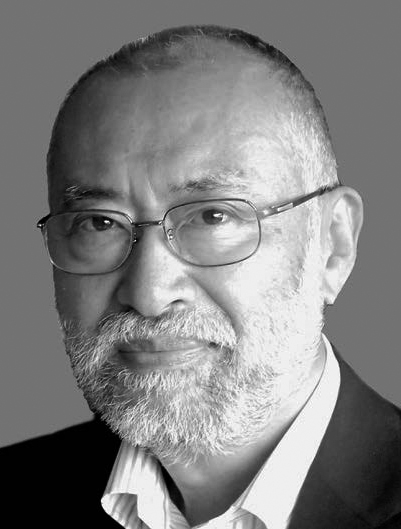 |
|
| Hideaki Karaki The University of Tokyo |
|
Testimonial
Presenting the MURAKAMI Suminao Award 2022
It is our great pleasure to present the MURAKAMI Suminao Award to Prof. Hideaki Karaki.
Professor Karaki has made outstanding contributions to the Journal of Disaster Research (JDR) as an important member of the JDR editorial board for a long time. He is Professor Emeritus, in the Department of Veterinary Medical Sciences, at The University of Tokyo, and he is a former president of Foundation of Food Safety and Security. His major contributions to the JDR have been in the area of medical disasters such as infectious disease pandemics. The JDR covers various kinds of disasters, both natural and man-made, such as geological, hydrological, or microbial disasters, and medical or infectious disease disasters are also important to mention. His excellent manuscripts have also been in the JDR. Furthermore, he has comprehensive knowledge of various fields in addition to his field of specialization. He has had a long career as an editor of the JDR, and his opinions in editorial meetings have always been valuable.
Thus, his contributions to the JDR make him very deserving of the MURAKAMI Suminao Award.
I wish to thank to Professor Karaki for his contributions and to congratulate him as the winner of the Award.
Sumio Shinoda
Professor Emeritus, Okayama University, Japan
Past Director, Collaborative Research Center of Okayama University
for Infectious Diseases in India, Okayama University, Japan
Message from the Winner
I would like to express my sincere gratitude for the MURAKAMI Suminao Award for Disaster Research 2022 and the JDR Award for the Most Contributory Reviewer 2022. It has been a great pleasure to serve on the editorial board for many years, and I have had the opportunity to talk with distinguished members of the editorial board who specialize in natural disasters such as earthquakes, volcanoes, and floods, which are completely outside my field of expertise, biology and medicine, and who have greatly broadened my perspective.
The saying goes that disasters come just when you forget about them, but we have been in a situation recently where disasters come before we forget about them. There have been so many disasters: the panic that began with the discovery of cattle infected with bovine spongiform encephalopathy in Japan in 2001, the simultaneous terrorist attacks in the U.S. and the U.S. military invasion of Afghanistan around the same time, the poisoning of frozen dumplings made in China in 2007, the Tohoku Earthquake and Fukushima Daiichi Nuclear Power Plant accident in 2011, the COVID-19 problem that has continued from 2019 to the present, the invasion of Ukraine by Russia in 2022 and the resulting energy crisis and food shortages, as well as earthquakes, torrential rains, landslides, and typhoons that have occurred every year.
The purpose of JDR, I believe, would be to stimulate research on these disasters, thereby providing a basis for the development of technologies for disaster prevention and control. In this regard, I have been concerned about the distance between science and technology: in the case of COVID-19, research on the causative virus, combined with messenger RNA vaccine technology, led to the fastest vaccine ever developed. On the other hand, the development of a cure has been slow, and the only treatment for pneumonia has been the old-fashioned one. Recently, antiviral drugs have been developed, but their efficacy has yet to be determined.
There are many reasons for the distance between science and technology, and I hope that the research results published in JDR will play a role in reducing that distance.
On my 81st Birthday,
Hideaki Karaki
December 3, 2022
Congratulations!
We are pleased to announce that the MURAKAMI Suminao Award for Disaster Research and the JDR annual awards (the JDR Award for the Most Cited Paper, the JDR Award for the Most Downloaded Article, and the JDR Award for the Most Contributory Reviewer) of 2022 have been decided by the JDR editorial boards. The award ceremony was held on November 30, 2022 in hybrid style (both on-site and online). We congratulate the winners and sincerely wish for future success.
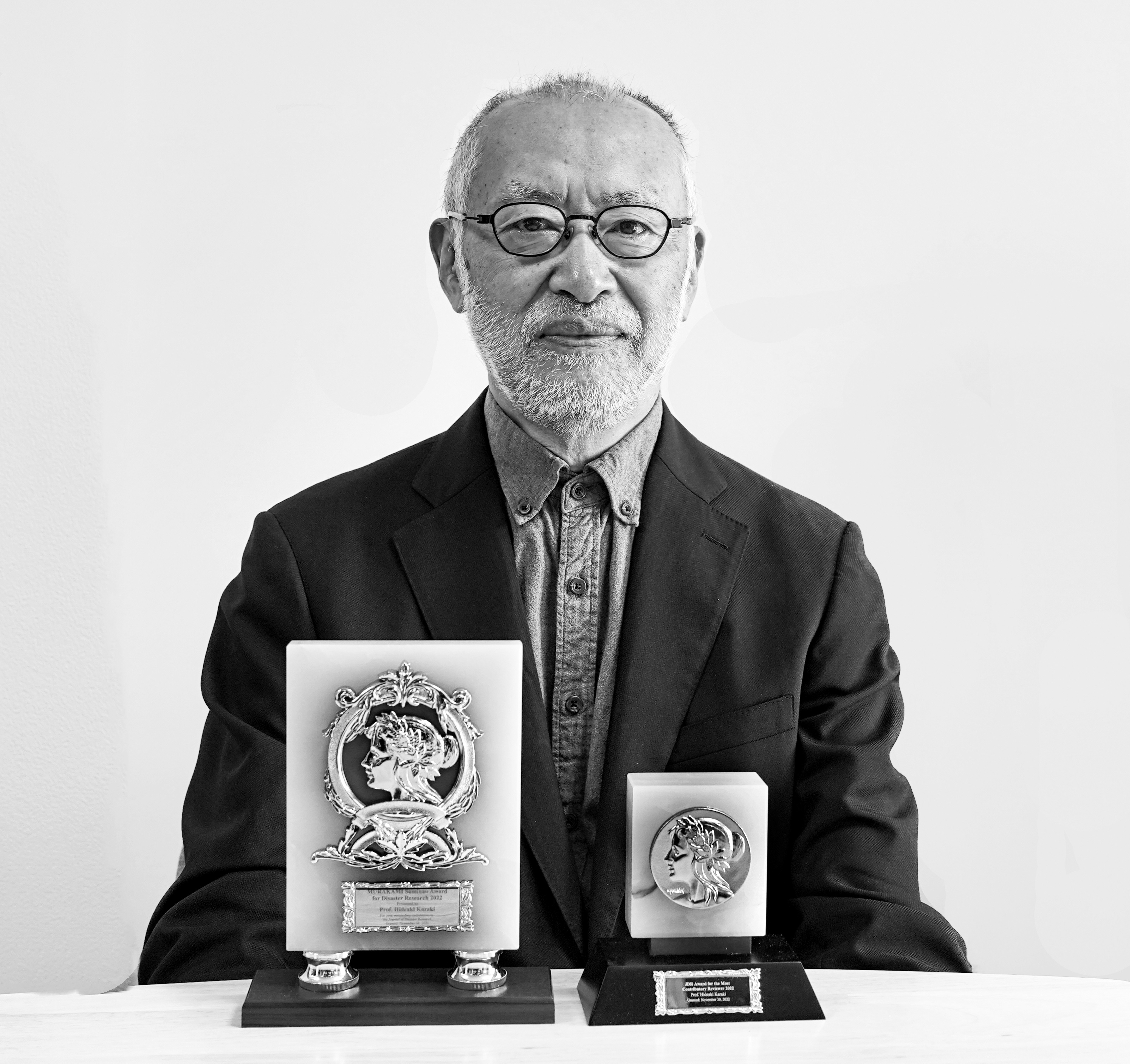
Photo: The certificates and plaques of MURAKAMI Suminao Award for Disaster Research and the JDR Award for the Most Contributory Reviewer were presented to the winner, Prof. Hideaki Karaki.
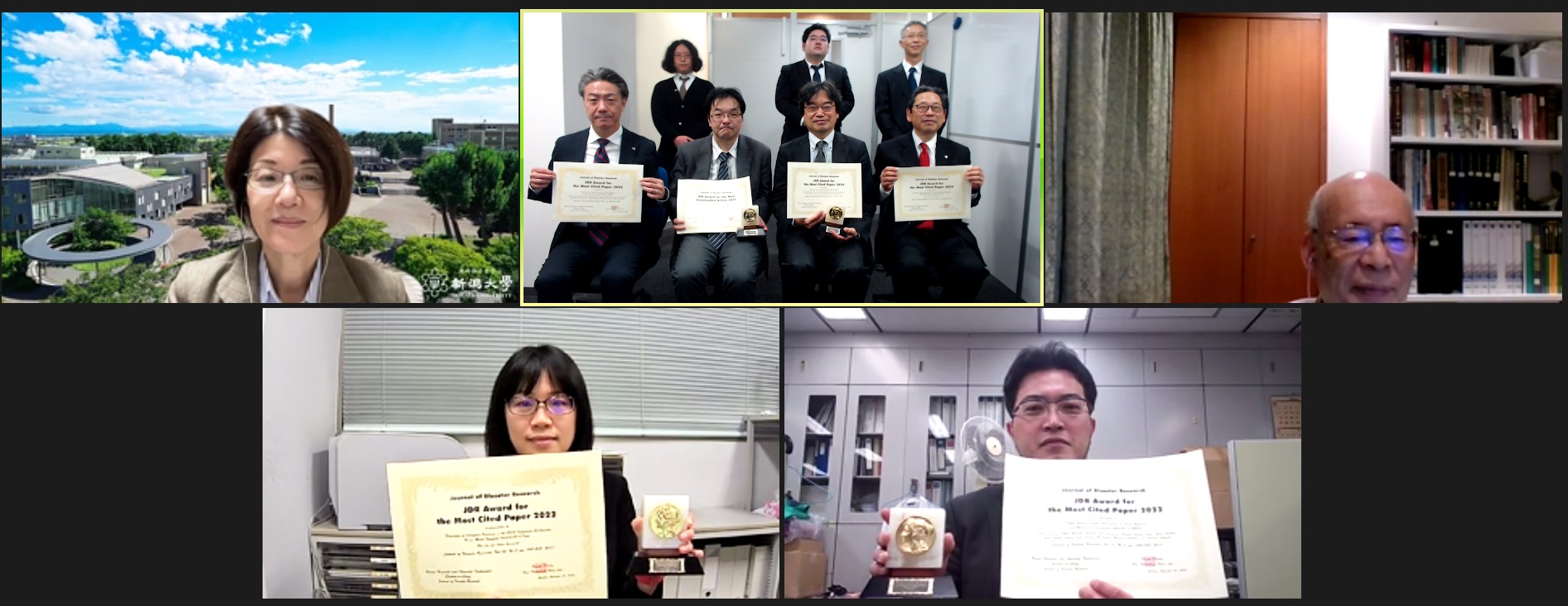
Photo: The winners and the JDR Editors at the ceremony. From the left in the upper row, Prof. Keiko Tamura, Prof. Shunichi Koshimura (Editor-in-Chief), an editorial staff, Dr. Nobuyuki Morikawa (the JDR Award for the Most Downloaded Article winner), an editorial staff, Dr. Narumi Takahashi (the JDR Award for the Most Cited Paper winner), Dr. Yonetatsu Matsumoto (President of the Fuji Technology Press Ltd.), Dr. Haruo Hayashi (Editor-in-Chief), and Dr. Syunsuke Ikeda; from the left in lower row, Dr. Wen Liu (the JDR Award for the Most Cited Paper winner) and Dr. Takuya Tsugawa (the JDR Award for the Most Cited Paper winner).
JDR AWARD FOR THE MOST CITED PAPER 2022 Extraction of Collapsed Buildings in the 2016 Kumamoto Earthquake Using Multi-Temporal PALSAR-2 Data Wen Liu and Fumio Yamazaki |
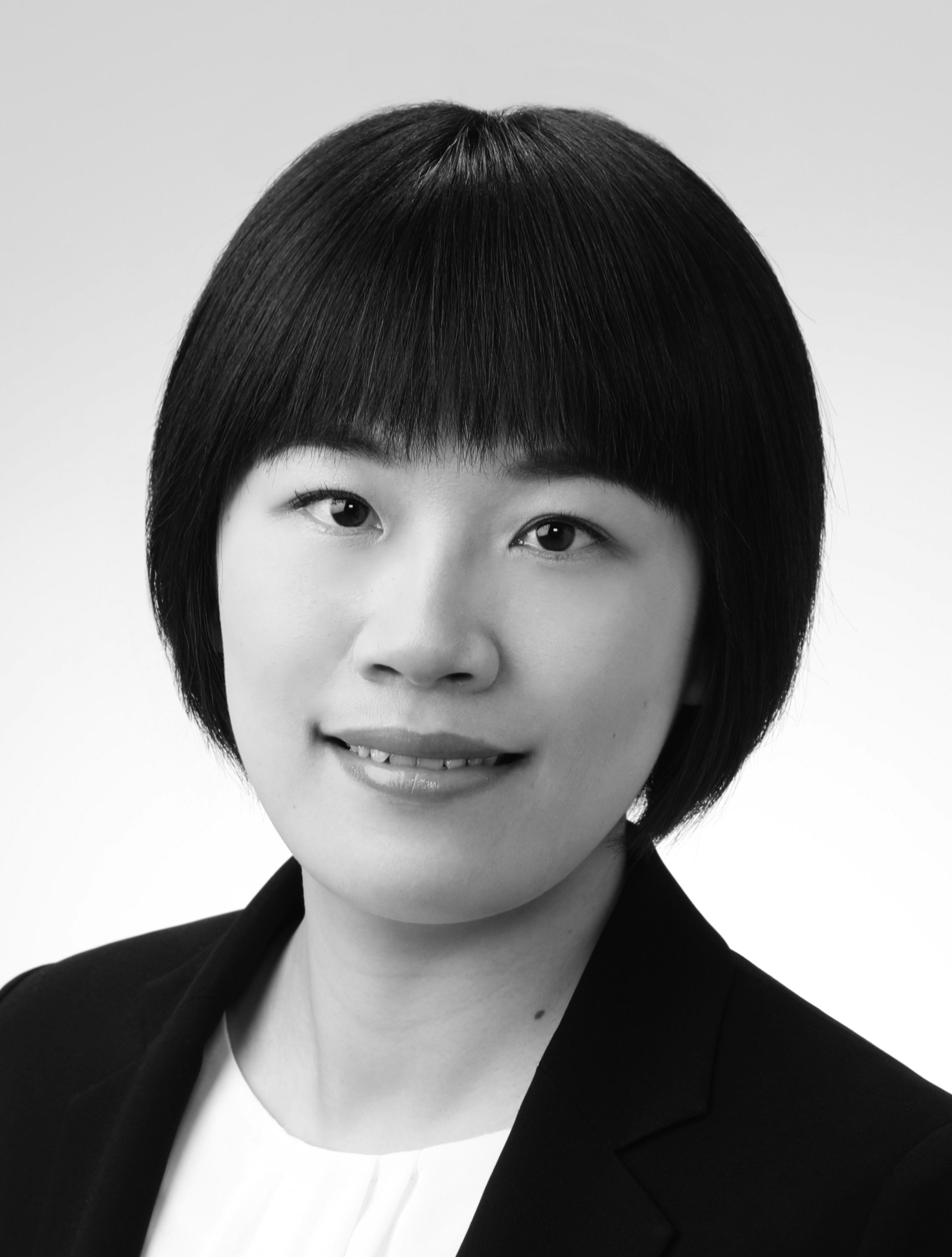 | 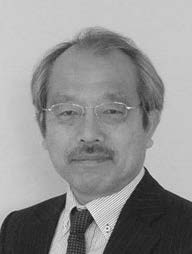 |  |
| Wen Liu Graduate School of Engineering, Chiba University | Fumio Yamazaki Graduate School of Engineering, Chiba University |
Message from the Winner
It is my honor to receive the JDR Award for the Most Cited Paper 2022. I would sincerely like to thank the JDR editorial office, reviewers, and my co-author, Professor Yamazaki, for their support.
The paper that received this honor was “Extraction of Collapsed Buildings in the 2016 Kumamoto Earthquake Using Multi-Temporal PALSAR-2 Data.” In this work, we proposed three change indices for evaluating the damage to buildings in Mashiki Town, Kumamoto Prefecture that were severely affected by the 2016 Kumamoto Earthquake. The indices were calculated from two pre- and one co-event ALOS-2 PALSAR-2 images. The most valid factor was adopted by comparing the extracted results with the reference data from field surveys. The factor was then applied to larger affected areas of Kumamoto City and its surroundings. In this work, the ALOS-2 proved to very effective in recognizing damages caused by nature disasters.
This work has been cited by 21 journal papers as of December 2022. I am grateful to the editorial board of the JDR for affording us the opportunity to have this work published. We hope our results in this paper will help even more scientific works. Encouraged by this award, we will continue to conduct future investigations to further disaster prevention and management.
Wen Liu
December 8, 2022
JDR AWARD FOR THE MOST CITED PAPER 2022 Real-Time Tsunami Prediction System Using DONET Narumi Takahashi, Kentaro Imai, Masanobu Ishibashi, Kentaro Sueki, Ryoko Obayashi, Tatsuo Tanabe, Fumiyasu Tamazawa, Toshitaka Baba, and Yoshiyuki Kaneda |
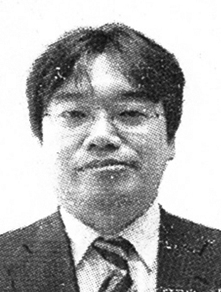 | 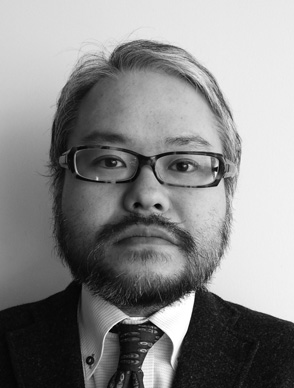 | 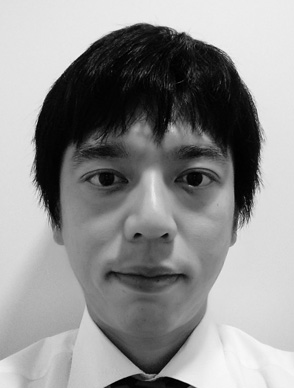 | 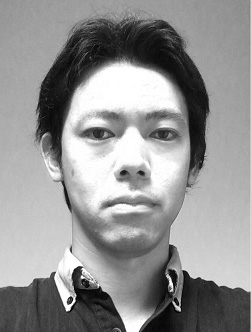 |  |
| Narumi Takahashi National Research Institute for Earth Science and Disaster Resilience | Kentaro Imai Japan Agency for Marine-Earth Science and Technology | Masanobu Ishibashi Wakayama Prefecture | Kentaro Sueki Japan Agency for Marine-Earth Science and Technology |
 | 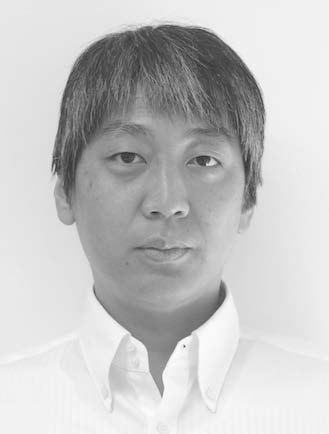 | 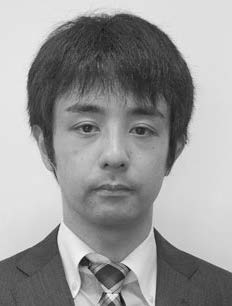 | 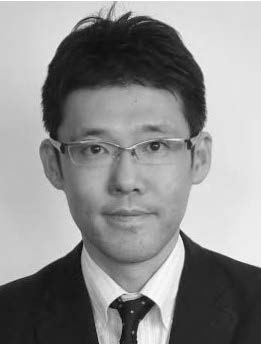 | 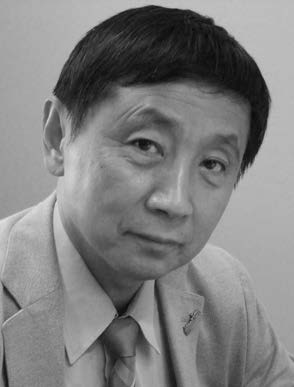 |  |
| Ryoko Obayashi Japan Agency for Marine-Earth Science and Technology | Tatsuo Tanabe NTT Data CCS Corporation | Fumiyasu Tamazawa NTT Data CCS Corporation | Toshitaka Baba Tokushima University | Yoshiyuki Kaneda Kagawa University |
Message from the Winner
We are very honored to receive the prestigious JDR Award for the Most Cited Paper 2022. The winning paper, “Real-Time Tsunami Prediction System Using DONET,” discusses a system that uses data from the Dense Oceanfloor Network system for Earthquakes and Tsunamis (DONET), which was installed in the rupture areas of the 1944 Tonankai and 1946 Nankai earthquakes in order to instantly generate and visualize tsunami prediction information. The forecast information from this system consists of tsunami arrival time, maximum tsunami height, tsunami inundation area, and inundation depth distribution. The system, which visualizes and distributes forecast information for areas where users need it as a supplement to the tsunami information provided nationwide by the Japan Meteorological Agency, has been introduced in Wakayama Prefecture, Mie Prefecture, Chiba Prefecture, and the city of Owase, as well as by Chubu Electric Power Co., Inc. After DONET was installed in the Tonankai rupture area, we were considering the possibility of using DONET data regionally, and we developed the system as results of discussions with Wakayama Prefecture and Chubu Electric Power Co., Inc. Under the concept that the users themselves would be operating the system, we intended to make the system as simple and easy to understand as possible, and to reduce costs by minimizing the number of hardware units. We also considered making the system flexible and scalable, recognizing that each user has a different way of how to use the tsunami forecast information. We were able to receive this award thanks to the cooperation of the people who were involved in many discussions with us during the process of establishing the concept. We will not become complacent going forward, but will continue to improve our system in ways that reflect the opinions of the users. We would like to thank everyone who has cited this paper with their interests.
Narumi Takahashi
December 16, 2022
JDR AWARD FOR THE MOST CITED PAPER 2022 Total Electron Content Observations by Dense Regional and Worldwide International Networks of GNSS Takuya Tsugawa, Michi Nishioka, Mamoru Ishii, Kornyanat Hozumi, Susumu Saito, Atsuki Shinbori, Yuichi Otsuka, Akinori Saito, Suhaila M. Buhari, Mardina Abdullah, and Pornchai Supnithi |
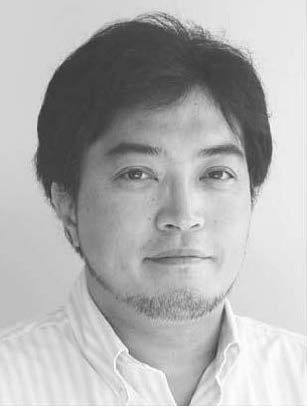 | 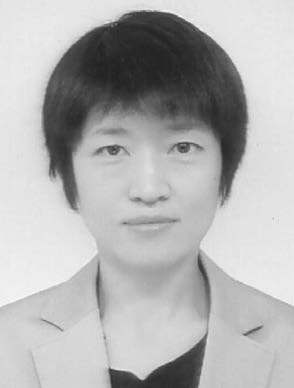 | 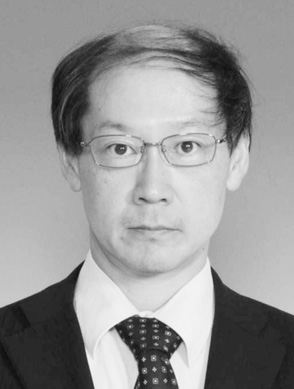 | 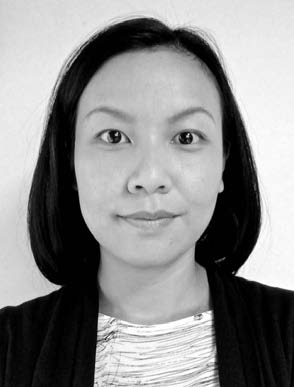 |  |
| Takuya Tsugawa National Institute of Information and Communications Technology | Michi Nishioka National Institute of Information and Communications Technology | Mamoru Ishii National Institute of Information and Communications Technology | Kornyanat Hozumi National Institute of Information and Communications Technology |
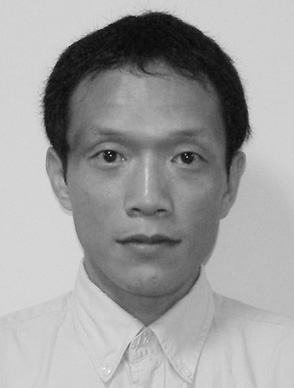 | 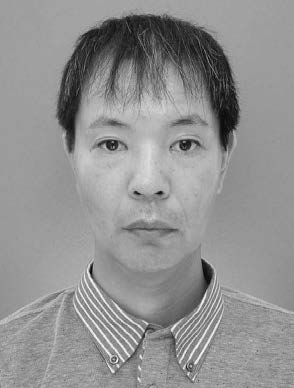 | 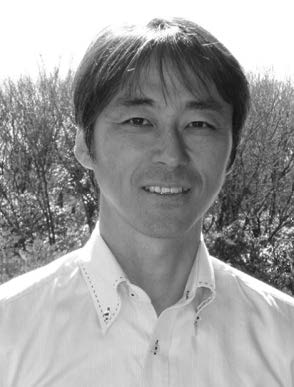 | 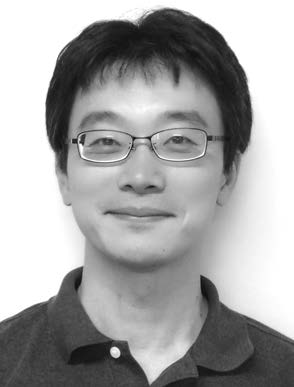 |  |
| Susumu Saito National Institute of Maritime, Port, and Aviation Technology | Atsuki Shinbori Institute for Space-Earth Environmental Research, Nagoya University | Yuichi Otsuka Institute for Space-Earth Environmental Research, Nagoya University | Akinori Saito Graduate School of Science, Kyoto University |
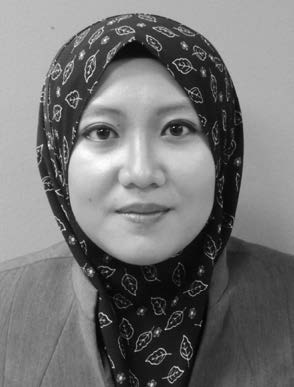 | 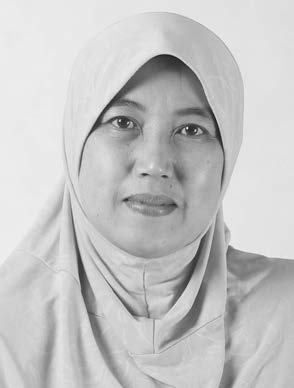 | 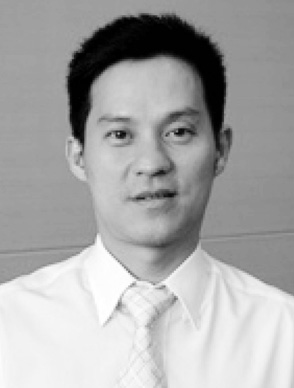 |  |
| Suhaila M. Buhari Universiti Teknologi Malaysia | Mardina Abdullah Universiti Kebangsaan Malaysia | Pornchai Supnithi King Mongkut's Institute of Technology Ladkrabang |
Message from the Winner
I am very honored to receive the JDR Award for the Most Cited Paper 2022, and I am very grateful to the editorial board and staff of the Journal of Disaster Research. The paper, “Total Electron Content Observations by Dense Regional and Worldwide International Networks of GNSS,” reviews our research related to ionospheric observations using GNSS receiver networks. Since the late 1990s, the rapid development of GNSS receiver networks has made it possible to observe the ionosphere in two dimensions with high temporal and spatial resolution, revealing new features of various ionospheric phenomena. Ionospheric observation using GNSS receiver networks has become an indispensable method of observation in the space weather field. After the 2011 Tohoku Earthquake, it was revealed that various atmospheric waves excited by earthquakes and tsunamis propagated up to the ionosphere and caused ionospheric variations, suggesting the possibility of tsunami monitoring using ionospheric observations. We are also working on the standardization of ionospheric data formatting to achieve even higher spatial resolution and wider coverage of ionospheric observation using GNSS receiver networks through international cooperation. Encouraged by this award, we will continue our research and development efforts with a view to applying this technology not only to space weather but also to natural disasters such as earthquakes and tsunamis.
Takuya Tsugawa
December 20, 2022
JDR AWARD FOR THE MOST DOWNLOADED ARTICLE 2022 A New Ground Motion Prediction Equation for Japan Applicable up to M9 Mega-Earthquake Nobuyuki Morikawa and Hiroyuki Fujiwara |
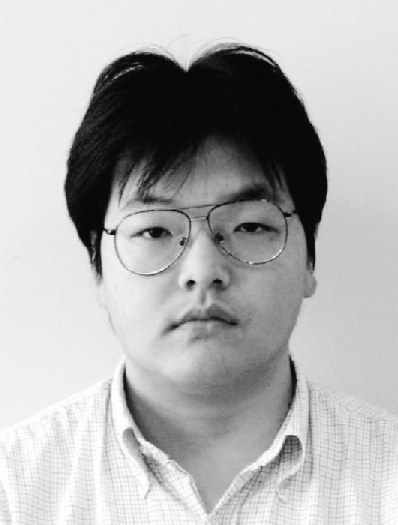 | 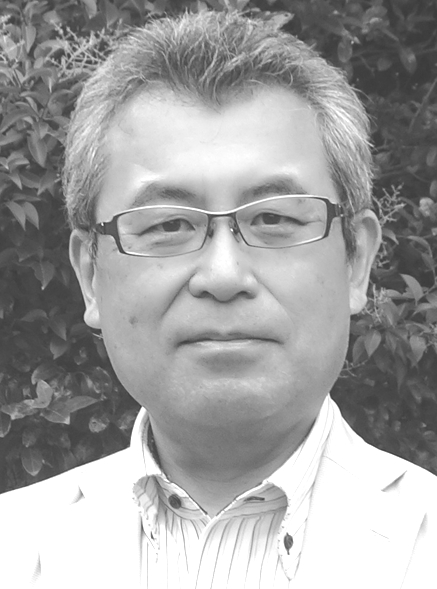 |  |
| Nobuyuki Morikawa National Research Institute for Earth Science and Disaster Resilience | Hiroyuki Fujiwara National Research Institute for Earth Science and Disaster Resilience |
Message from the Winner
We are very honored to receive the JDR Award for the Most Downloaded Article 2022, a new award from the Journal of Disaster Research (JDR).
After the 2011 Great Tohoku Earthquake, it is now said that a magnitude 9-class earthquake could occur in the Nankai Trough, and it is necessary for us to know how strong ground motion (shaking) we will experience during such a great earthquake in order to take countermeasures. In this paper, we developed a new seismic motion prediction model that is applicable to M9-class earthquakes. We did this by adding the strong-motion records of the 2011 Great Tohoku Earthquake to the many records accumulated by various organizations since the 1950s. We would like to express our gratitude to all the organizations that provided us with their valuable records.
Nearly 10 years have passed since the publication of the paper, and the records accumulated during that time have helped us to recognize the usefulness of our proposed model. We understand that our paper is still being downloaded in large numbers today and that our model is now being used not only in research but also in practice.
As natural disasters occur more frequently in Japan and around the world, we hope that JDR will continue to grow and develop as an international source of useful knowledge on natural disasters.
Nobuyuki Morikawa
December 8, 2022
 JDR AWARD FOR THE MOST CONTRIBUTORY REVIEWER 2022 |
|
 |
|
| Hideaki Karaki The University of Tokyo |
|
Acknowledgments
The Journal of Disaster Research is full peer review journal. Our review process is supported by a large number of volunteer reviewers. The editorial board would like to appreciate their efforts and cooperation to maintain, to improve, and to refine the quality of the journal. We would list up the reviewers who have worked in Volume 17, in order to express our sincere gratitude for their cooperation. We would also hope their further support to our journal.
Reviewers for Vol.17
AKITOMI, Shinji ALBINI, Paola AMANO, Kensaku ARAKAWA, Soichi
ASAI, Ayumi BABA, Toshitaka BANBA, Michiko BENIYA, Shohei
BHATTACHARYA, Yasmin BORET, Sébastien Penmellen CHARBONNIER, Sylvain J.
CHATTERJEE, Ranit CHIBA, Tatsuro CHIBA, Yohei CHOWDHURY, Shehla
COSTA, Antonio DEL CARLO, Paola EBARA, Masaharu EBINA, Yuichi
EGAWA, Shinichi FUJIKURA, Ryo FUJIMI, Toshio FUJIWARA, Osamu
FUMOTO, Shinichi FURUMURA, Takashi FURUYA, Naoyuki FURUYA, Osamu
GOKON, Hideomi GRAETTINGER, Alison H. GRESSE, Marceau HADA, Yasunori
HAMABATA, Takashi HAMADA, Morihisa HANASAKI, Naota HARADA, Eiji
HASEGAWA, Takeshi HASHIMOTO, Masakazu HAYASHI, Haruo HAYASHI, Isao
HAYASHI, Shunji HIRAMATSU, Yoshihiro HONJO, Yuichi HORIE, Kei
HOSOKAWA, Masafumi IALNAZOV, Dimiter Savov ICHIKAWA, Yutaka ICHIKO, Taro
IGUCHI, Masato IIJIMA, Yoshio IMAMURA, Daisuke INAGAKI, Keiko
INO, Eri INOGUCHI, Munenari ISHIHARA, Ryoga ISHII, Kensuke
ISHIWATARI, Mikio ISHIZAKI, Yasuo IWATA, Tomotaka IYER, Monica
IZBEKOV, Pavel IZUMI, Takako JEONG, Byeongpyo KAI, Tatsuro
KAMITANI, Wataru KANDA, Wataru KANEKO, Shinji KANO, Yasuyuki
KARAKI, Hideaki KATAYAMA, Kazuhiko KATO, Naoyuki KAWABATA, Takuya
KAWAIKE, Kenji KAWASAKI, Akiyuki KAWASAKI, Kota KHOMSAN, Ali
KIMURA, Reo KITAHARA, Kei KOBAYASHI, Nobumichi KODAKA, Akira
KOMATSU, Toshimitsu KOMORI, Daisuke KOSHIMURA, Shunichi KOSHIYAMA, Kenji
KOUMOTO, Hiroko KOYAMA, Maki KOYAMA, Masato KOYAMA, Takao
KOYAMA, Tomofumi KURODA, Teruo LEE, Yanling Sophia MAENO, Fukashi
MAGILL, Christina MAKI, Norio MALY, Elizabeth MANEE, Donpapob
MANNEN, Kazutaka MARUYA, Hiroaki MATEO, Cherry May MATSUKAWA, Anna
MATSUSHIMA, Nobuo MATSUSHIMA, Takeshi MCCLAIN, Shanna N. MINAMI, Takuto
MIURA, Hiroyuki MIWA, Takahiro MIYABUCHI, Yasuo MIYAMOTO, Kuniaki
MIYOSHI, Shin-ichi MOE, Idham MORITA, Daichi MORITA, Masaaki
MORITA, Yuichi MOTOMURA, Kazushi MOTOYUI, Shojiro MUHARI, Abdul
MUKAI, Kengo MULYASARI, Farah MUNEKANE, Hiroshi MURAO, Osamu
NAGAI, Daisuke NAGAMATSU, Shingo NAGAMI, Kozo NAGATA, Toshimitsu
NAGATSUMA, Tsutomu NAKANO, Genta NAKAU, Koji NAKAYA, Hiroaki
NAKAYAMA, Keisuke NAKAYAMA, Mikiyasu NASU, Masao NISHIKAWA, Satoru
NOJIMA, Nobuoto NUMADA, Muneyoshi OGINO, Kaoru OHARA, Miho
OHKUSA, Yasushi OHMI, Shiro OHNO, Ayumu OHTOMO, Shoji
OKAMATSU, Akiko OKAZAKI, Taichiro OKUNO, Mitsuru ONO, Takahiro
ONO, Yuichi OTSUYAMA, Kensuke OZEKI, Toshihiro PROIETTI, Cristina
PUTIRKA, Keith RAMAMURTHY, Thandavarayan RANGSIWANICHPONG, Prem
RASMY, Mohamed RIAHI, Vahid ROCHE, Olivier SAITO, Takeshi
SAKAI, Shinichi SAKAMOTO, Maiko SAKAMOTO, Mayumi SAKATA, Tomohiko
SARARIT, Titaya SASAKI, Daisuke SATAKE, Kenji SATO, Eiichi
SATO, Shosuke SATO, Tomonori SAWADA, Masahiro SAYAMA, Takahiro
SCOLLO, Simona SHAW, Rajib SHIMAMOTO, Tadashi SHIMIZU, Yasuyuki
SHINODA, Sumio SHIOBARA, Hajime SHIOTA, Sumiko SHOJI, Daigo
SUGIMORI, Reiko SUGIURA, Mikiko SUMARWAN, Ujang SUMI, Tetsuya
SUPPASRI, Anawat SURJAN, Akhilesh SUZUKI, Shingo SUZUKI, Yujiro
TADOKORO, Keiichi TAISNE, Benoit TAKAGI, Tatsuya TAKAHASHI, Makoto
TAKENOUCHI, Kensuke TAKEUCHI, Shingo TAMURA, Keiko TANAKA, Kenji
TANAKA, Ryo TANAKA, Satoshi TANIOKA, Yuichiro TATSUKI, Shigeo
TEBAKARI, Taichi TERUMOTO, Kiyomine TSUDA, Toshihide TSUKAHARA, Kenichi
UCHIMURA, Taro UESAWA, Shimpei UMEMOTO, Michitaka USUI, Yoshiya
UY, Noralene VINAYAVEKHIN, Sukrit WAKAZUKI, Yasutaka WANG, Da-Hong
WANG, Qingyu WANG, Qinxue WATABE, Kazuhito WATANABE, Kenji
WATANABE, Yasuharu WRIGHT, Heather M. YAMAMOTO, Takahiro
YAMAMOTO CHIKASADA, Naotaka YAMANAKA, Hiroyasu YAMASHIKI, Yosuke Alexandre
YAMASHIRO, Tetsu YAMASHITA, Tetsuo YASUDA, Atsushi YOKOTA, Kenji
YOSHII, Takumi YOSHIKAWA, Yasuhiro ZHAO, Chongjin
single-award.php
JDR award 2021
 JDR AWARD 2021 WINNER |
|
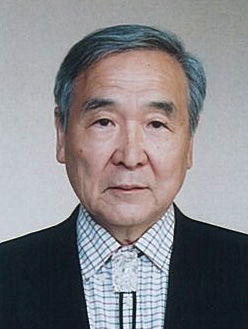 |
|
| Suminao Murakami Laboratory of Urban Safety Planning, Tokyo, Japan |
|
Testimonial
Presenting the Seventh JDR Award
On behalf of the Editorial Board of the Journal of Disaster Research (JDR), it is my great honor and pleasure to present the 2021 JDR Award to Prof. and Dr. Suminao Murakami, or “Murakami Sensei.” Murakami Sensei has served as the founding Editor-in-Chief of the JDR for the past 16 years, since 2006. The JDR has now published more than 100 issues, becoming recognized as the leading Japan-based, international online peer-review journal on disaster risk reduction for all hazards except war, and Murakami Sensei has always been its greatest contributor. The Editorial Board reluctantly respected Murakami Sensei’s decision to resign from the position of Editor-in-Chief, but it has unanimously agreed to rename the JDR Award to the MURAKAMI Suminao Award for Disaster Research from 2022 on. The Journal of Disaster Research will continue its best efforts “to reduce the horrors of disaster through information,” as Murakami Sensei and Takiguchi Sensei wrote in the Message from the Editors-in-Chief in the first issue of the JDR.
Haruo Hayashi
President,
National Research Institute for Earth Science and Disaster Resilience, Japan
Congratulations!
We announce that the Seventh JDR Award was won by Prof. Suminao Murakami, Laboratory of Urban Safety Planning. We congratulate the winner and sincerely wish for future success.
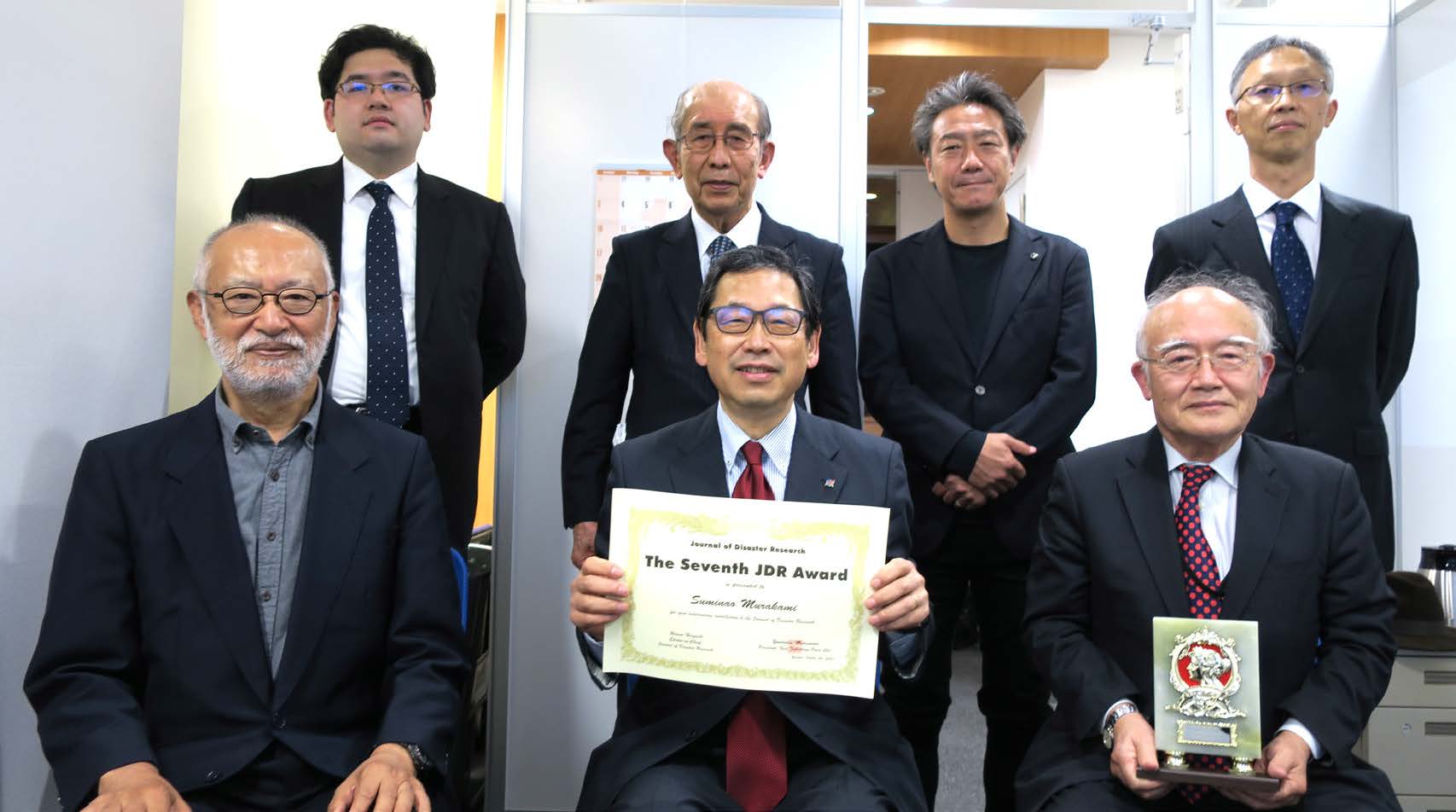
Photo: The JDR Editorial Board was pleased to give Prof. Murakami the award. From the left in the front row, Prof. Hideaki Karaki, Dr. Haruo Hayashi, Editor-in-Chief, and Prof. Katsuki Takiguchi; from the left in the back row, an editorial staff, Prof. Sumio Shinoda, Prof. Shunichi Koshimura, and Dr. Yonetatsu Matsumoto, President of the Fuji Technology Press Ltd.
Acknowledgements
The Journal of Disaster Research is full peer review journal. Our review process is supported by a large number of volunteer reviewers. The editorial board would like to appreciate their efforts and cooperation to maintain, to improve, and to refine the quality of the journal. We would list up the reviewers who have worked in Volume 16, in order to express our sincere gratitude for their cooperation. We would also hope their further support to our journal.
Reviewers for Vol.16
ABE, Shinro AKOH, Ryosuke AMAGUCHI, Hideo AMATYAKUL, Puwis
AOO, Ken BABA, Yasuyuki BHATTACHARYA, Yasmin BORET, Sébastien Penmellen
BOSSU, Rémy BUI, Kien-Trinh Thi CAI, Fei CHENG, Daiwei
CHIKASADA, Naotaka DO, Tuan-Nghia DOSHIDA, Shoji DROLET, Julie L.
DUONG, Nguyen Thanh ELGAML, Abdelaziz FUJIMI, Toshio FUJITA, Koichi
FUJITA, Masaharu FURUYA, Takashi GERSTER, Julia GOTO, Satoshi
HA, Nguyen Duc HADA, Yasunori HAGA, Mitsuru HAMABATA, Takashi
HARADA, Kenji HASHIMOTO, Masakazu HAYASHI, Haruo HAYASHI, Isao
HAYASHI, Kazunori HAYASHI, Shunji HIGAKI, Daisuke HIRATA, Naoshi
HISADA, Yoshiaki HITOKOTO, Masayuki HORI, Tomoharu HORIE, Kei
HOSOKAWA, Masafumi HUNG, Hoang Viet ICHIKO, Taro ICHIMURA, Tsuyoshi
IIDA, Tomoyuki IIZUKA, Akiko IKEDA, Hirotaka IKEDA, Syunsuke
IMAI, Kentaro IMAMURA, Daisuke IMAMURA, Fumihiko IMURA, Noriko
IMURA, Ryusuke INOGUCHI, Munenari ISHIWATARI, Mikio ISHIZUKA, Mayumi
ISKANDER, John IUCHI, Kanako IWATA, Tomotaka IZUMI, Norihiro
JEONG, Byeongpyo JIANG, Yujing KAGIYAMA, Tsuneomi KAMITANI, Wataru
KARAKI, Hideaki KATAYAMA, Kazuhiko KATO, Takaaki KAWAIKE, Kenji
KAWAMURA, Akira KAWASAKI, Akiyuki KAWASAKI, Koji KAZAMA, So
KIHARA, Naoto KIKU, Hiroyoshi KIMURA, Reo KIMURA, Takashi
KOARAI, Mamoru KOBAYASHI, Hideyuki KOBAYASHI, Nobumichi KOBAYASHI, Wataru
KOJIRO, Suzuki KOMORI, Daisuke KOMORI, Jiro KONDO, Shinya
KOSHIMURA, Shunichi KOUKETSU, Takeharu KOUMOTO, Hiroko KOYAMA, Maki
KOYAMA, Tomofumi KUMAGAI, Tomohiko KUWAGAKI, Reiko LAN, Nguyen Chau
LE, Thi Thanh Thuy LIMPRASERT, Wasit LIN, Meei-Ling MAKI, Norio
MALY, Elizabeth MARUYA, Hiroaki MAS, Erick MATSUKAWA, Anna
MATSUSHITA, Osamu MATSUTOMI, Hideo MATSUYAMA, Masafumi MAYUMI, Takayuki
MILDON, Zoe MILLAR, Paul MISAWA, Ayanori MITCHELL, Andrew
MITSUHASHI, Toshiharu MIYAMOTO, Mamoru MIYAMOTO, Takumi MIYOSHI, Shin-Ichi
MIZOGUCHI, Atsuko MIZUTANI, Tetsuya MORITA, Daichi MORITA, Kouichi
MOTOMURA, Kazushi MOTOYOSHI, Tadahiro MURAKAMI, Hitomi MURAKAMI, Masahiro
NAGAMATSU, Shingo NAKADA, Setsuya NAKAI, Fuko NAKAJIMA, Takako
NAKANISHI, Daisuke NAKANO, Genta NAKAYAMA, Mikiyasu NAKAZAWA, Shoji
NARA, Yumiko NASU, Masao NATSUHORI, Masahiro NGUYEN, David
NGUYEN, Manh Duc NISHIKAWA, Satoru NISHIYAMA, Satoshi NOHARA, Daisuke
NOJIMA, Nobuoto ODA, Takashi OHARA, Miho OHKUSA, Yasushi
OHMI, Shiro OHSUMI, Michio OHTOMO, Shoji OHTSUKA, Rika
OIZUMI, Tsutao OKADA, Norio OKAMOTO, Keinosuke OKAYASU, Yuji
OMATSU, Ryo ONO, Yuichi ORNTHAMMARATH, Teraphan OZAKI, Takatsugu
PAL, Indrajit PAVARANGKOON, Praphan PHAM, Viet-Anh SAGARA, Wataru
SAKAKIBARA, Takashi SAKAMOTO, Mayumi SAKATA, Tomohiko SATAKE, Ryoichiro
SATO, Masato SATO, Shosuke SATO, Takeshi SAWADA, Masahiro
SAWADA, Yutaka SAYAMA, Takahiro SHAW, Rajib SHIBASAKI, Tatsuya
SHIBATA, Yu SHIMAMOTO, Tadashi SHINICHI, Tosa SHINODA, Sumio
SHIWAKU, Koichi SHRIVASTAVA, Sourabh SUGANO, Taku SUGAWARA, Daisuke
SUPPASRI, Anawat SUZUKI, Shingo TAIRA, Yasuyuki TAJIMA, Yasuhisa
TAKADA, Yosuke TAKAGAWA, Tomohiro TAKAGI, Tatsuya TAKAHARA, Kohei
TAKAHASHI, Akira TAKAHASHI, Tomoyuki TAKEDA, Makoto TAKENOUCHI, Kensuke
TAKEUCHI, Yukiko TAKIGUCHI, Katsuki TAMURA, Keiko TAMURA, Shuji
TANAKA, Norio TANAKA, Satoshi TANGTERMSIRIKUL, Somnuk TANIGUCHI, Kenji
TATSUKI, Shigeo TODA, Shinji TOWHATA, Ikuo TRAN, Thanh Danh
TRAN, The Viet TSUDA, Toshihide TSURUOKA, Hiroshi TUAN, Nguyen Quang
TUAN, Tran Van UCHIYAMA, Shoichiro UDAGAWA, Saneyuki USHIYAMA, Tomoki
UTSUMI, Nobuyuki VACHIRATIENCHAI, Chatchai WADA, Yoshitaka WAGGONNER, J. David
WANG, Haizhong WATABE, Kazuhito WATANABE, Kenji WATANABE, Ryoichi
WU, Jian-Hong YAMADA, Ryuji YAMAGUCHI, Kosei YAMANAKA, Hiroaki
YAMANAKA, Hiroyasu YAMASAKI, Takanari YAMASHIRO, Tetsu YAMORI, Katsuya
YASUDA, Naotoshi YEH, Harry YOKOYAMA, Osamu YOSHIDA, Satoru
YOSHII, Takumi YOSHIMOTO, Kazuo YOSHIMOTO, Mitsuhiro ZHANG, Hao
single-award.php
JDR award 2020
 JDR AWARD 2020 WINNER |
|
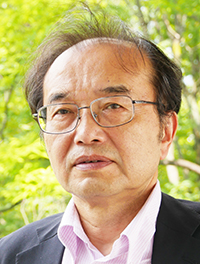 |
|
| Masato Iguchi Professor, Sakurajima Volcano Research Center, Disaster Prevention Research Institute (DPRI), Kyoto University, Kagoshima, Japan |
|
Testimonial
Presenting the Sixth JDR Award
It is our great pleasures to present the sixth JDR Award to Prof. Masato Iguchi. Prof. Iguchi, as the top guest editor, published two JDR special issues entitled “Integrated Study on Mitigation of Multimodal disasters caused by Ejection of Volcanic Products.” These special issues, vol.11, no.1 in 2016 and vol.14, no.1 in 2019, were results of a project (2013–2018) of the Science and Technology Research Partnership for Sustainable Development (SATREPS). The second special issue set a record for the highest annual download. In addition, he was the first author or co-author of 11 papers published by JDR in 2019.
Professor Iguchi, as one of most recognized volcanologists in the world, has been leading observation research of active volcanoes as the Director of the Sakurajima Volcano Research Center of Kyoto University’s Disaster Prevention Research Institute. He has promoted geophysical research on volcanic activity not only in Japan but also in Indonesia, evaluating volcanic activity by incorporating the results of material science and demonstrating the effectiveness of long-term, multi-item observations in those processes. He has made a significant contribution to the promotion of Indonesian volcano research, taking over the strong will of former Kyoto University professors, and his contributions have culminated in the aforementioned two special issues.
On behalf of the JDR editorial board, I wish to thank Prof. Iguchi for his efforts and to congratulate him as the winner of the sixth JDR Award.
Setsuya Nakada
Director-General,
Center for Integrated Volcano Research,
National Research Institute for Earth Science and Disaster Resilience, Japan
Message from the Winners
A volcanic eruption is a phenomenon in which ballistic bombs, lapilli, volcanic ash, lava, and gas are discharged. Volcanic ash and gas are carried by the wind, and pyroclastic flows and lava flows are carried away by the force of gravity. These cause disasters of various forms in the areas around volcanoes, sometimes far from eruptive center. Accordingly, volcanic countries, particularly Asian countries such as Japan, Indonesia, and the Philippines, have been the scenes of volcanic disasters. We conducted the research project “Integrated study on mitigation of multimodal disasters caused by the ejection of volcanic products” with the Center for Volcanology and Geological Hazard Mitigation and other institutes in Indonesia under the SATREPS project from FY2013 to 2018. The aim of the project was to advance volcanic hazard mitigation, and I served as the guest editor of “Special Issue on Integrated Study on Mitigation of Multimodal Disasters Caused by Ejection of Volcanic Products” (2016) and “Special Issue on Integrated Study on Mitigation of Multimodal Disasters Caused by Ejection of Volcanic Products: Part 2” (2019) of the Journal of Disaster Research. The articles in the Special Issues have been downloaded by many researchers. The Special Issues cover many topics related to volcanic disasters, but the main theme is how to forecast real-time volcanic hazards using data monitoring, since it is this monitoring that triggers the issuing of warnings.
I have studied the volcanic activity of Sakurajima, the most active volcano in Japan, for 40 years, primarily to forecast its eruptions. Forecasting the eruptions is not as important as forecasting the hazards and risks posed by volcanic actions. Research done on the mitigation of the volcanic hazards of Sakurajima as well as Indonesian volcanoes has been enhanced by interaction. The cumulative volume of magma stored in the past 100 years indicates that Sakurajima has the potential for a large-scale eruption (VEI > 4). An eruption and its dispersal of volcanic ash in particular would cause a variety of disasters over a wide area, as described in the other issues of Journal of Disaster Research. I hope that the research results will be utilized for hazard mitigation in the event of future large-scale eruptions. The research could be advanced through collaboration with studies aimed at the enhancement of resilience and recovery.
Masato Iguchi
October 10, 2020
Congratulations!
The Sixth JDR Award ceremony was held online due to COVID-19 on October 6, 2020 and a prize were given to Professor Masato Iguchi, Disaster Prevention Research Institute (DPRI), Kyoto University, Japan. We congratulate the winner and sincerely wish for future success.
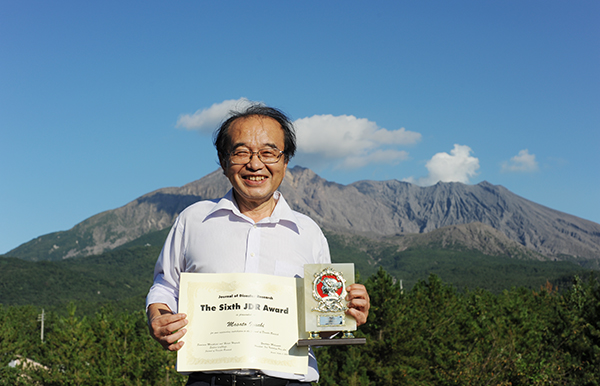
Photo: The JDR Award certificate and plaque were presented to the winner, Prof. Masato Iguchi.
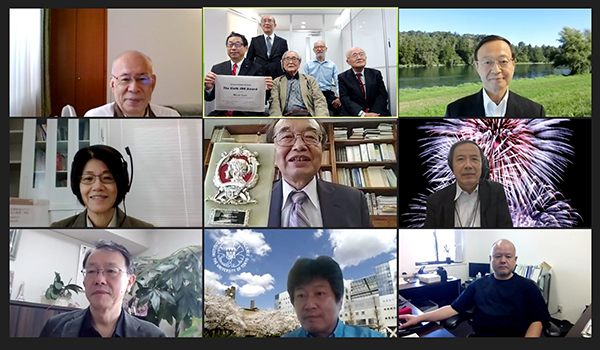
Photo: The winner and the JDR editors at the ceremony. From the left in the upper row, Dr. Syunsuke Ikeda, Dr. Haruo Hayashi, Dr. Sumio Shinoda, Dr. Suminao Murakami, Dr. Hideaki Karaki, Dr. Katsuki Takiguchi, Prof. Koji Ikeuchi; from the left in the middle row, Prof. Keiko Tamura, the winner Prof. Masato Iguchi, Prof. Setsuya Nakada; from left in the lower, Dr. Naoshi Hirata, Prof. Takaaki Kato, and Prof. Tomoyuki Takahashi.
single-award.php
JDR award 2019
 JDR AWARD 2019 WINNER |
|
 |
|
| Yuichiro Usuda Director-General, Center for Comprehensive Management of Disaster Information, National Research Institute for Earth Science and Disaster Resilience (NIED), Tsukuba, Ibaraki, Japan |
|
Testimonial
Presenting the Fifth JDR Award
It is our great pleasure to present the fifth JDR Award to Dr. Yuichiro Usuda. Dr. Usuda has made outstanding contributions to the Journal of Disaster Research (JDR) as the guest editor and the author of the JDR’s “Special Issue on NIED Frontier Researches on Science and Technology for Disaster Risk Reduction and Resilience 2017” in Vol.12 No.5, which has been the most downloaded special issue for the past three years.
Dr. Usuda is a leading scientist in frontier research for natural disaster risk management and resilience in National Research Institute for Earth Science and Disaster Resilience (NIED). He is working with researchers of many different disciplines as well as stake-holders in practical devastating disaster management situations. Thus, in his studies, he has been integrating many different disciplines to generate a new intellectual paradigm for managing multi-hazard disasters, such as earthquake disasters combined with meteorological disasters caused by rain, drought, snow, extreme heat or cold, ice, or wind. This is quite important in Japan and other disaster-prone countries, considering today’s global climate change. The special issue is the fruit of his research efforts.
On behalf of the JDR editorial board, I wish to thank Dr. Yuichiro Usuda for his efforts and to congratulate him as the winner of the fifth JDR Award.
Naoshi Hirata
Professor of Seismology,
Earthquake Research Institute,
The University of Tokyo, Japan
Message from the Winners
I would like to express my sincere appreciation for the honor of receiving this prestigious award. The award has been presented to me for the “Special Issue on NIED Frontier Researches on Science and Technology for Disaster Risk Reduction and Resilience 2017” of JDR Vol.12 No.5, for which I was the guest editor. I heard that this special issue has been the most downloaded over the past three years.
NIED, to which I belong, is an institute that deals with natural disasters comprehensively. Since 2016, we have been working to become a “core organization for innovation in disaster resilience science and technology” as a new seven-year plan. Japan is a country prone to disasters, with many large-scale natural disasters occurring every year. Recent examples would be the 2016 Kumamoto Earthquake, 2017 Nasu Avalanche, Northern-Kyushu Heavy Rain, 2018 Eruption of Mt. Kusatsu-Shirane, Western-Japan Heavy Rain, Hokkaido Eastern Iburi Earthquake, and 2019 Typhoon #19. We should collect “intelligence” related to natural disasters in multiple fields to reduce our disaster risk and improve our resilience.
The Special Issue is a compilation of research results from individual fields. I am elated that the first special issue of NIED has gained such attention. NIED will continue to conduct research across multiple fields. We hope that NIED’s activities will lead to collaboration with many people and that the integration of intelligence will improve disaster resilience in Japan and all over the world.
Yuichiro Usuda
December 31, 2019
Congratulations!
The Fifth JDR Award ceremony was held in Kanda, Japan, at December 18, 2019 and a prize were given to Doctor Yuichiro Usuda, National Research Institute for Earth Science and Disaster Resilience (NIED), Japan. We congratulate the winner and sincerely wish for future success.
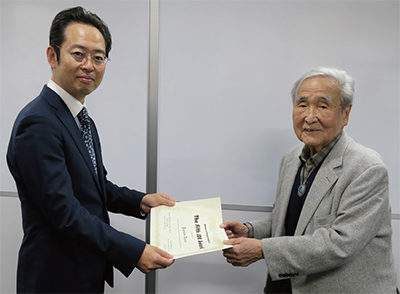
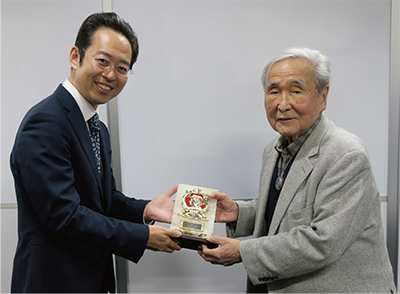
Photo: The JDR Award certificate and plaque were handed from the Editors-in-Chief, Dr. Suminao Murakami (right) to the winner, Dr. uichiro Usuda (left).
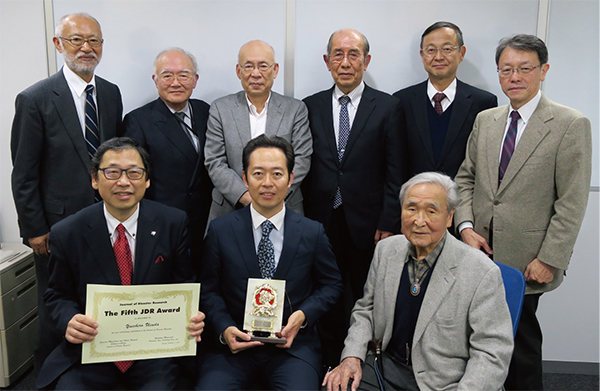
Photo: The winner and the JDR editors at the ceremony. From left, Dr. Haruo Hayashi, the winner Dr. Yuichiro Usuda, Dr. Suminao Murakami; from the left in the back row, Dr. Hideaki Karaki, Dr. Katsuki Takiguchi, Dr. Syunsuke Ikeda, Dr. Sumio Shinoda, Prof. Koji Ikeuchi, and Prof. Naoshi Hirata.
single-award.php
JDR award 2018
 JDR AWARD 2018 WINNER |
|
 |
|
| Nobuo Shuto Professor Emeritus, Tohoku University, Sendai, Miyagi, Japan |
|
Testimonial
Presenting the Fourth JDR Award
It is our great pleasure to present the Fourth JDR Award to Professor Nobuo Shuto for his outstanding contributions to the Journal of Disaster Research (JDR) as the Honorary Editor.
Professor Shuto, Professor Emeritus of Tohoku University, is a pioneer of the theoretical study of tsunamis. He has also made a large contribution to the development of numerical simulations, visualization through computer graphics, and other critical techniques for the study and control of tsunami disasters. The development of tsunami disaster reduction and management that we have today is thanks in large part to his achievements.
On behalf of the JDR editorial board, I wish to thank Professor Nobuo Shuto for his efforts and to congratulate him as the winner of the Fourth JDR Award.
Tomoyuki Takahashi
Dean and Professor,
Faculty of Societal Safety Sciences,
Kansai University, Japan
Message from the Winners
After the 1960 Great Chilean Tsunami, coastal dikes were remodeled and new ones constructed in Japan. In 1968, immediately after the completion of those construction and remodeling works, the Tokachi-Oki Earthquake struck, but fortunately the structures involved sustained very little damage. This led to a general feeling that it was possible to protect against the tsunamis completely by simply building coastal dikes and other defense structures. Japan did not see an increase in the number of tsunami researchers, but things were worse in the U.S. The National Science Foundation allocated its tsunami-related budget only to the NOAA, which issues tsunami forecasts, and allocated the rest of the budget entirely to ocean development. This situation continued until the 1983 Nihonkai-Chubu Earthquake Tsunami struck. In 1992, there was a tsunami earthquake off the coast of Nicaragua. Following that, research was conducted based on international cooperation through fax communications. Then cooperative international research continued to be done on tsunamis such as the 1992 Flores Tsunami, the 1993 Hokkaido Nansei-Oki Earthquake Tsunami, and the 1996 Irian Jaya Tsunami. However, their findings were provided only through Proceedings of the International Tsunami Symposium every two years, and most of the findings were limited to factual information about tsunamis.
Requests for information on tsunamis rapidly increased after the 2004 Great Indian Ocean Tsunami, information not only on the tsunami itself but also on tsunami countermeasures. It was when JDR made its appearance. The JDR disseminated the latest information for practical use. It also benefitted those who were the sources of information, as they no longer had to deal with the frustration of having to wait for conferences held only every two years. In addition, the JDR reviews submissions
much more quickly than do other journals. Tsunamis, such as the 2011 Great East Japan Earthquake Tsunami and the 2018 Sulawesi Earthquake Tsunami, continue to strike. As a platform for sharing knowledge related to reconstruction and countermeasures, as well as to tsunamis themselves, the importance the JDR is growing.
This is why you are encouraged to contribute to the JDR.
Nobuo Shuto
April 11, 2019
Congratulations!
We announce that the Fourth JDR Award was won by Professor Emeritus Nobuo Shuto, Tohoku University, Japan. We congratulate the winner and sincerely wish for future success.
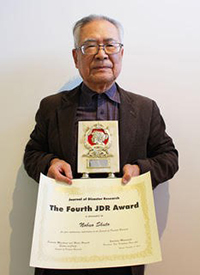
Photo: Prof. Shuto received the certificate and the plaque of the Fourth JDR Award.
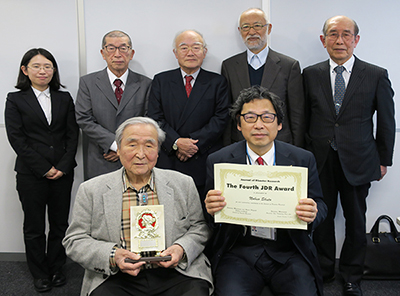
Photo: The JDR editorial boards were pleased to give Prof. Shuto the award. From the left in the front row, Dr. Suminao Murakami and Dr. Haruo Hayashi, Editors-in-Chief; from the left in the back row, an editorial staff, Dr. Yuichiro Ogawa, Dr. Katsuki Takiguchi, Dr. Hideaki Karaki, and Dr. Sumio Shinoda.
single-award.php
JDR award 2017
 JDR AWARD 2017 WINNER |
|
 |
|
| Shunichi Koshimura Professor, International Research Institute of Disaster Science, Tohoku University, Sendai, Miyagi, Japan |
|
Testimonial
Presenting the Third JDR Award
It is our great pleasure to present the Third JDR Award to Professor Shunichi Koshimura for his outstanding contributions to the Journal of Disaster Research (JDR) as the author of 27 JDR articles and the guest editor of three special JDR issues.
Dr. Koshimura started his academic career as a young and promising researcher in the field of tsunami disasters. He is now a full professor at Tohoku University’s International Research Institute of Disaster Research, where he specializes in remote sensing and geoinformatics for disaster management.
It is our conviction that Professor Koshimura will be productive in both researching and teaching disaster risk reduction for many decades to come, reflecting his rich and profound professional experience with the 2011 Great East Japan Earthquake and Tsunami Disaster.
Haruo Hayashi
President,
National Research Institute for Earth Science
and Disaster Resilience (NIED), Japan
Message from the Winners
I am honored to receive the Third JDR Award, and I am very grateful to the editorial committee members and staff of the Journal of Disaster Research (JDR). I also wish to express my gratitude to all the authors who contributed to the papers in three special issues entitled “Disaster and Big Data,” which were published in 2016, 2017, and 2018. I really enjoyed the opportunities I had in guest editing the 36 excellent papers in the special issues.
My approximately 30 publications in the JDR include the outcomes from the international joint research projects of SATREPS Indonesia, Peru, and Chile, so I would like to share the delight of receiving the JDR award with all the research members of the projects and thank them for their fruitful collaboration.
The Journal of Disaster Research all across the wide and comprehensive scope of its outstanding research has provided topical and valuable insights as well as significant implications for disaster reduction and management. I do hope I have contributed to making the JDR an excellent publication of valuable disaster research findings from around the world.
Shunichi Koshimura
March 8, 2018
Congratulations!
The Third JDR Award ceremony was held in Kanda, Japan, at November 14, 2017 and the prize was given to Professor Shunichi Koshimura, International Research Institute of Disaster Science, Tohoku University, Japan. We congratulate the winner and sincerely
wish for future success.
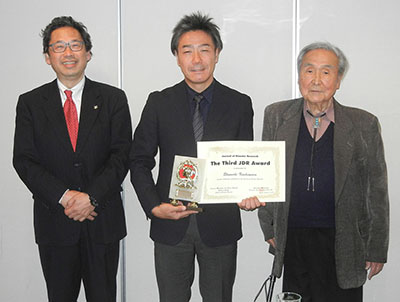
Photo: JDR Award commendation and plaque were handed from the Editors-in-Chiefs, Dr. Suminao Murakami (right) and Dr. Haruo Hayashi (left) to the winner,Prof. Shunichi Koshimura (center).
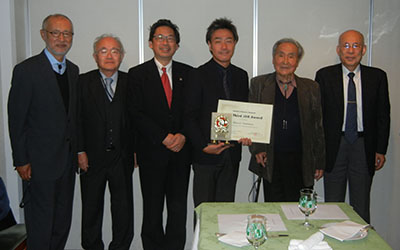
Photo: The winner and JDR Editors at the ceremony. From left, Dr. Hideaki Karaki, Dr. Katsuki Takiguchi, Dr. Haruo Hayashi, the winner Prof. Shunichi Koshimura, Dr. Suminao Murakami, and Dr. Syunsuke Ikeda.
single-award.php
JDR award 2016
 JDR AWARD 2016 WINNER |
|
 |
|
| Harry Yeh Professor, Oregon State University. Corvallis, Oregon 97331, USA |
|
Testimonial
Presenting the Second JDR Award
The Journal of Disaster Research (JDR) has published many special issues in addition to its regular issues. These special issues have included various papers that have covered disasters comprehensively. Among them, the Special Issue on “Tsunami Forces and Effects on Structures” in Vol.4 No.6, 2009 and the Special Issue on “Uncertainties in Tsunami Effects” in Vol.11 No.4, 2016 include practical papers on tsunami disasters which contribute greatly to tsunami disaster control. The members of the JDR editorial board have unanimously agreed to present this second JDR Award to the editor of the special issues:
Harry Yeh
Professor, School of Civil and Construction Engineering,
Oregon State University, USA
I met Professor Harry Yeh for the first time while doing a field survey on the earthquake and tsunami that struck Flores Island, Indonesia in December 1992. He was already a world-renowned researcher, known for his theoretical tsunami research based on accurate hydraulic experiments. I remember that I was deeply impressed with his energetic attitude towards the survey as he worked to reveal phenomena on the disaster site. Since then, I have accompanied him on various disaster surveys, and I have listened to his unique and significant opinions on tsunami studies at many conferences. The two special issues mentioned above reflect his broad range of knowledge and experience.
On behalf of the JDR editorial board, I wish to thank Professor Harry Yeh for his efforts and to congratulate him as the winner of the second JDR Award.
Tomoyuki Takahashi
Professor, Faculty of Societal Safety Sciences,
Kansai University, Japan
Message from the Winners
I am honored to receive the JDR Award and am very grateful to the editors and staff members of the Journal of Disaster Research. I am also deeply indebted to the authors who contributed their excellent papers to the two special issues that I had the privilege of guest editing. One issue focused on tsunami forces and effects on structures (Vol.4 No.6) and the other on uncertainties in tsunami effects (Vol.11 No.4). I organized these special issues in cooperation with professors Shuto1 and Sato2, without whom I could not have achieved such fruitful special issues. So this award must be shared with both professor Shuto and professor Sato.
The Journal of Disaster Research was founded in 2006, immediately after two impactful disasters: the 2004 Great Indian Ocean Earthquake and Tsunami, and the 2005 Hurricane Katrina. The founding of the journal was very timely, and I was inspired when I was invited to serve as an international member of the editorial board. Recognizing that research in natural hazards must be trans-disciplinary and interwoven with expertise in geophysics, engineering, and social sciences, I felt it was difficult to locate a proper arena for reporting research findings. And because natural hazards do not recognize national borders, I felt it was crucial that research be conducted with close international collaboration.
In the Journal’s early days, it published collections of papers originating mostly from Japanese research activities. But contributions from other countries have increased dramatically, and today the Journal is in the process of establishing an exceptional reputation, attracting truly outstanding research articles from around the world. The Journal of Disaster Research now serves as an excellent dissemination outlet for cutting-edge natural hazard and disaster research, and I intend to continually contribute to this exemplary international journal.
Harry Yeh
Professor, Oregon State University.
Corvallis, Oregon 97331, USA
Congratulations!
The second JDR Award ceremony was held in Kasumigaseki, Japan, at November 22, 2016 and the certificate was given to the JDR award winner, Prof. Harry Yeh of Oregon State University (Prof. Shinji Sato of the University of Tokyo received it as a dupty). We congratulate the winner and sincerely wish for future success.
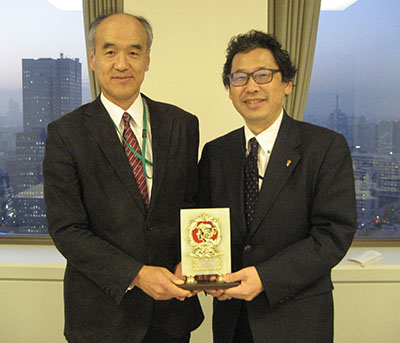
Photo: JDR Award certificate was handed from the Editors-in-Chief, Dr. Haruo Hayashi (right) to a duputy of the winner, Prof. Shinji Sato.
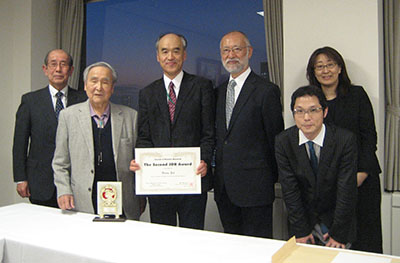
Photo: TGroup photo of the ceremony. From left, Prof. Sumio Shinoda; the Editors-in-Chief Dr. Suminao Murakami; a duputy of the winner, Prof. Shinji Sato; Dr. Hideaki Karaki, and editorial staffs.
single-award.php
JDR award 2015
 JDR AWARD 2015 WINNER |
|
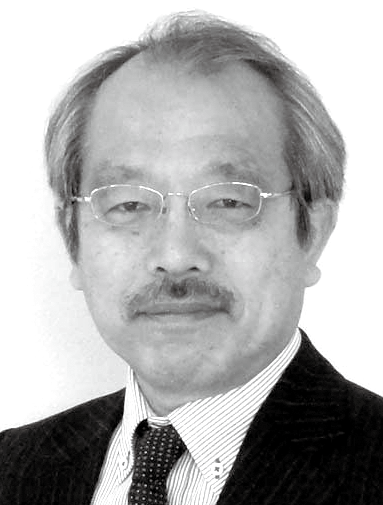 |  |
| Fumio Yamazaki Professor, Graduate School of Engineering, Chiba University, Japan | Carlos Zavala Professor, CISMID, Faculty of Civil Engineering, National University of Engineering (UNI), Peru |
Testimonial
Presenting the First JDR Award
Founded in August 2006, the Journal of Disaster Research (JDR) reached Vol.10 this year. Regular issues are published bimonthly, six times a year. Special editions on the 2011 Great East Japan Earthquake are published once a year, with four of the five issues planned having been published.
The JDR’s features lie in its broad spectrum of subjects and the comprehensiveness of their treatment. These points are extremely important in dealing with disasters, but may lose focus in the selection of article content and have difficulty in evaluating it.
From its inception, the JDR has made each issue special, focusing on certain topics and inviting specialists in the area to serve as (guest) editors of each issue. Thanks to the cooperation of such specialists, the JDR has developed being able to reach Vol.10 this year.
To mark this anniversary, the JDR has established the JDR Award, an idea originally proposed by one of our editors, Shinji Egashira.
We feel that having a broad spectrum of subjects is fitting as the selection criterion for the JDR Award, but this has made it difficult to set up objective selection criteria.
A major factor in selection has been the number of downloads. Both of the two-part articles on the special issue on “Enhancement of Earthquake and Tsunami Disaster Mitigation in Peru” in Vol.8 No.2 and Vol.9 No.6 ranked among the top ten downloads in the almost 60 JDR issues published thus far.
Each issue derives its significance from the relevance of the featured topic, so members of the editorial committee have unanimously agreed to present this first JDR Award to the guest editors of the special issue:
Fumio Yamazaki,
Professor, Graduate School of Engineering, Chiba University, Japan
Carlos Zavala,
Professor, CISMID, Faculty of Civil Engineering,
National University of Engineering (UNI), Peru
On behalf of the JDR editorial committee, I wish to thank them for their efforts and to congratulate them as the first winners of the Award.
Katsuki Takiguchi,
Professor Emeritus, Tokyo Institute of Technology
Message from the Winners
We are most honored to have been selected as winners of the First JDR Award – an unexpected surprise because we did not realize that we had contributed so much to the Journal of Disaster Research (JDR). The JDR provided us with a fine opportunity to present our results on a project of the Science and Technology Research Partnership for Sustainable Development (SATREPS), making our work known to the world-wide scientific community. SATREPS is sponsored by the Japan Science and Technology Agency (JST) and the Japan International Cooperation Agency (JICA).
From 2010 to 2015, Japanese and Peruvian researchers conducted a SATREPS project, Enhancement of Earthquake and Tsunami Disaster Mitigation Technology in Peru. To announce our research output, we chose the JDR and had our work published in 36 articles in two special issues, in 2013 and 2014. The JDR’s prompt peer reviews and publication processes are really helpful to projects such as SATREPS, which have time limits. Our results would otherwise have been published much later.
Congratulations on the JDR’s first-decade anniversary! We believe the JDR is an important journal in the natural hazard and disaster management field as it has been recognized as a Scopus indexed journal. The JDR’s open access and the fact that it enables papers to be downloaded free of charge from the web site is very helpful and convenient to readers and helps authors become known to broader audiences. We hope the JDR will get the Impact Factor of Thomson Reuters, becoming a major source of information in the disaster sciences field.
Fumio Yamazaki and Carlos Zavala
October 26, 2015
The first JDR Award and JDR 10th anniversary ceremony
The first JDR Award and JDR 10th anniversary ceremony was held in Kasumigaseki, Japan, at November 11 and the certificate was given to the one of the JDR award winners, Prof. Fumio Yamazaki.
We congratulate the winners and sincerely wish for future success.
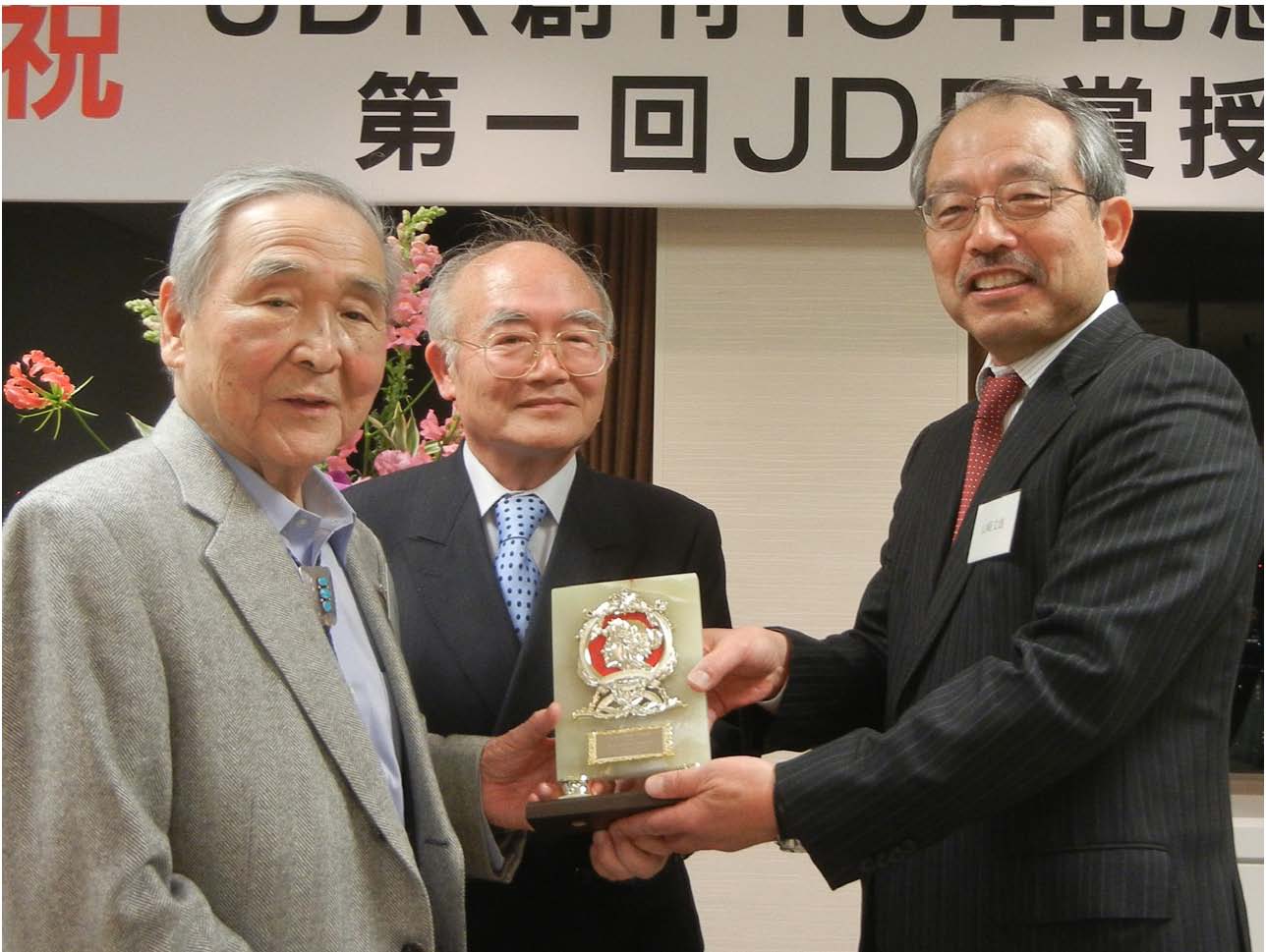
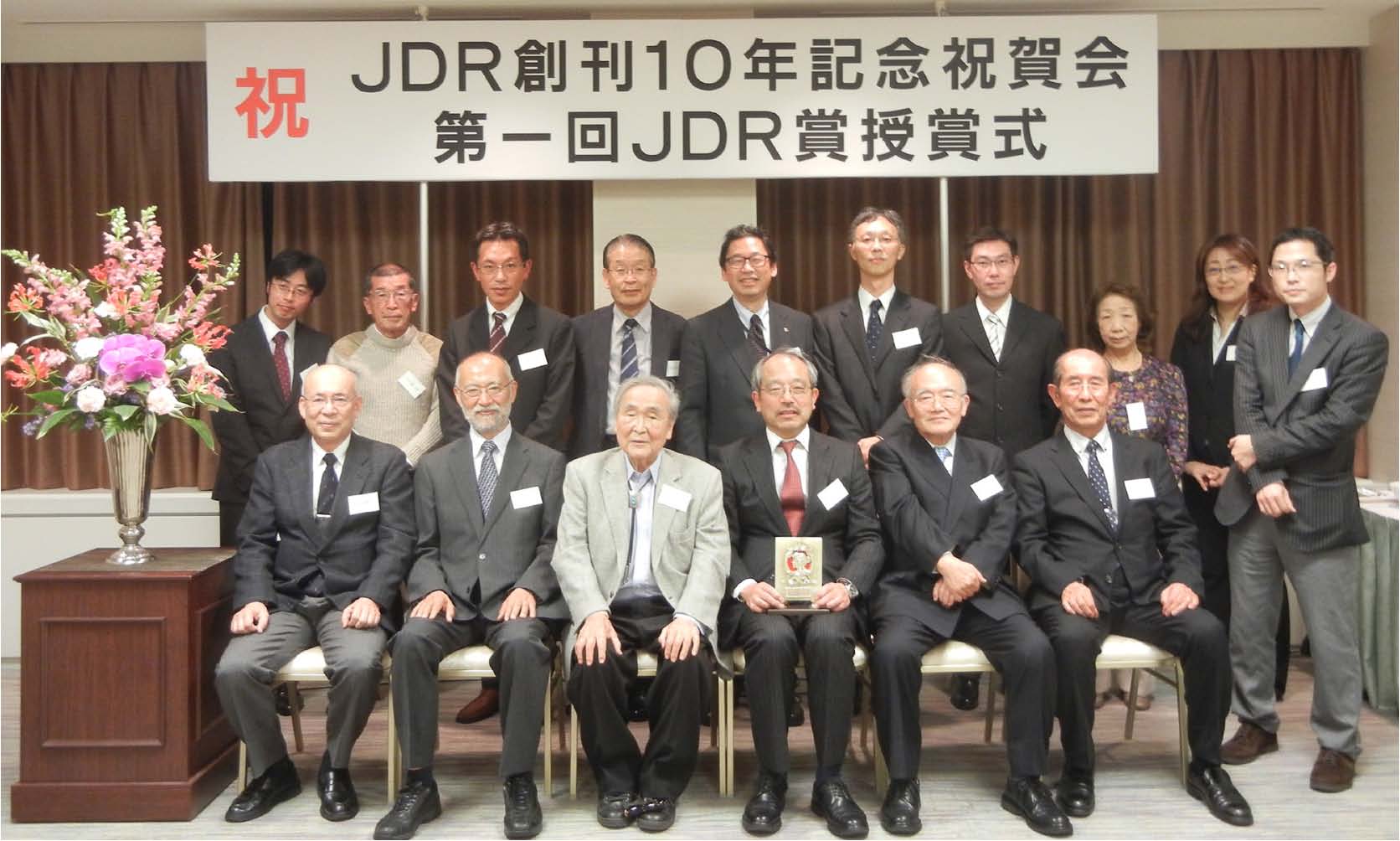
Photo: Participants for the award ceremony.